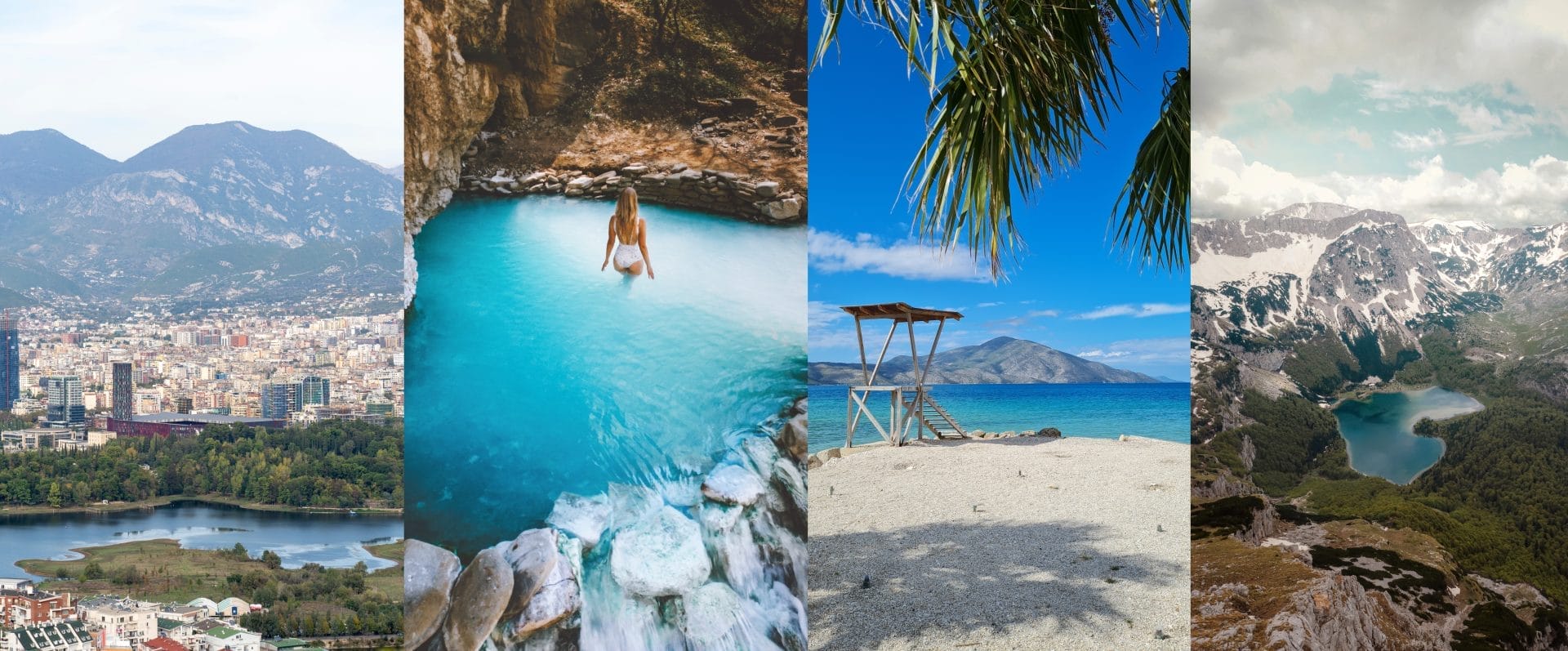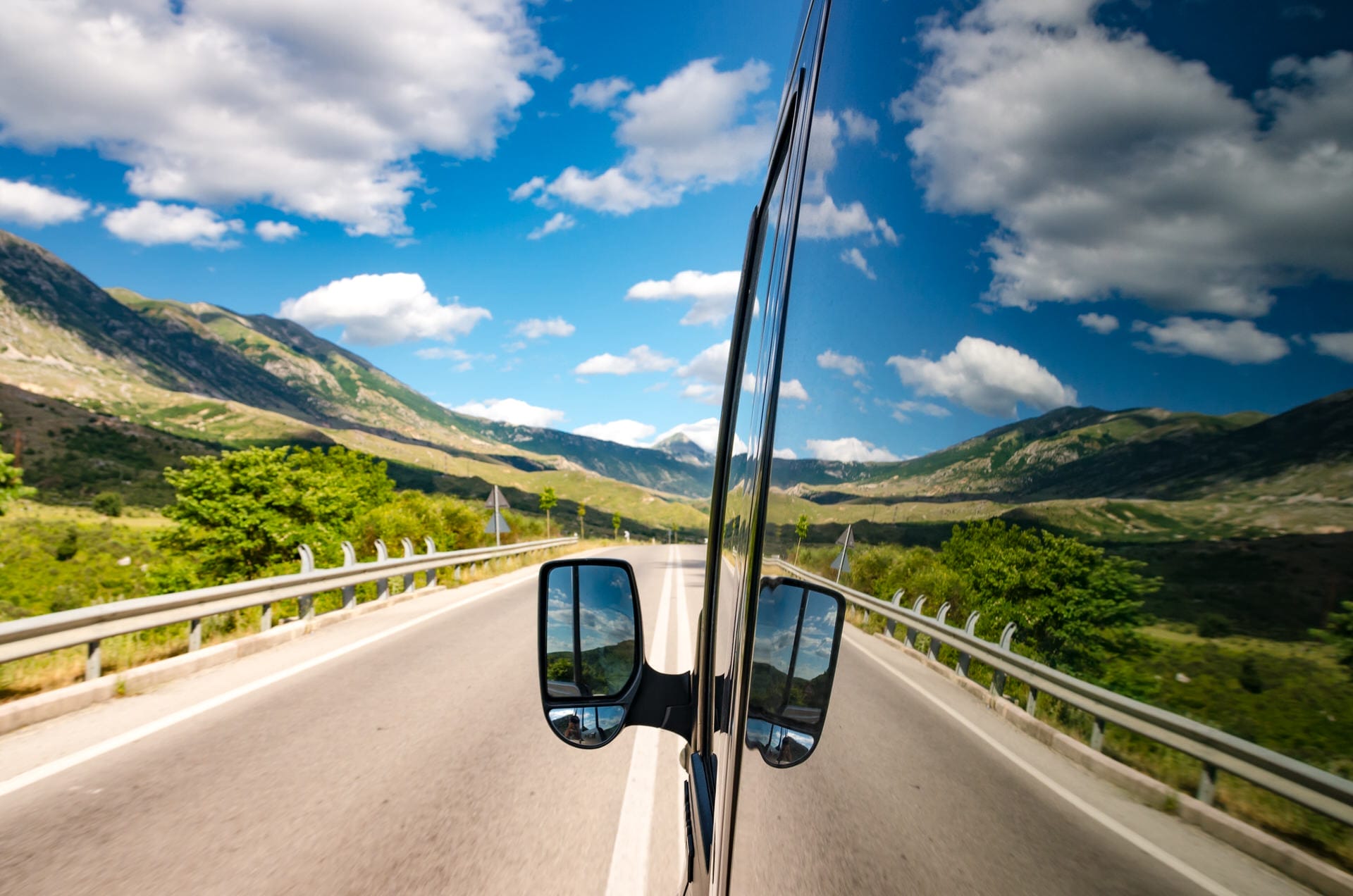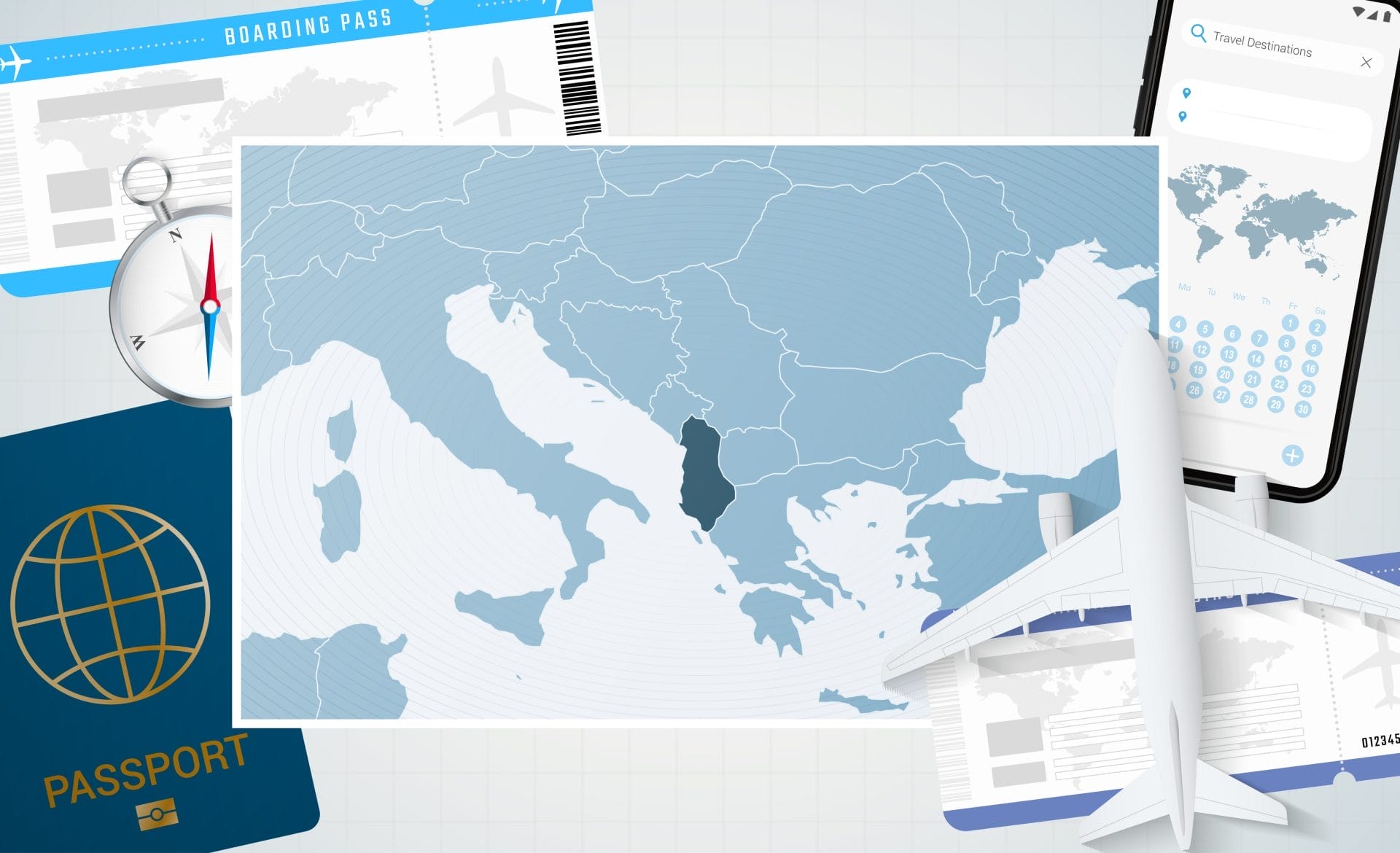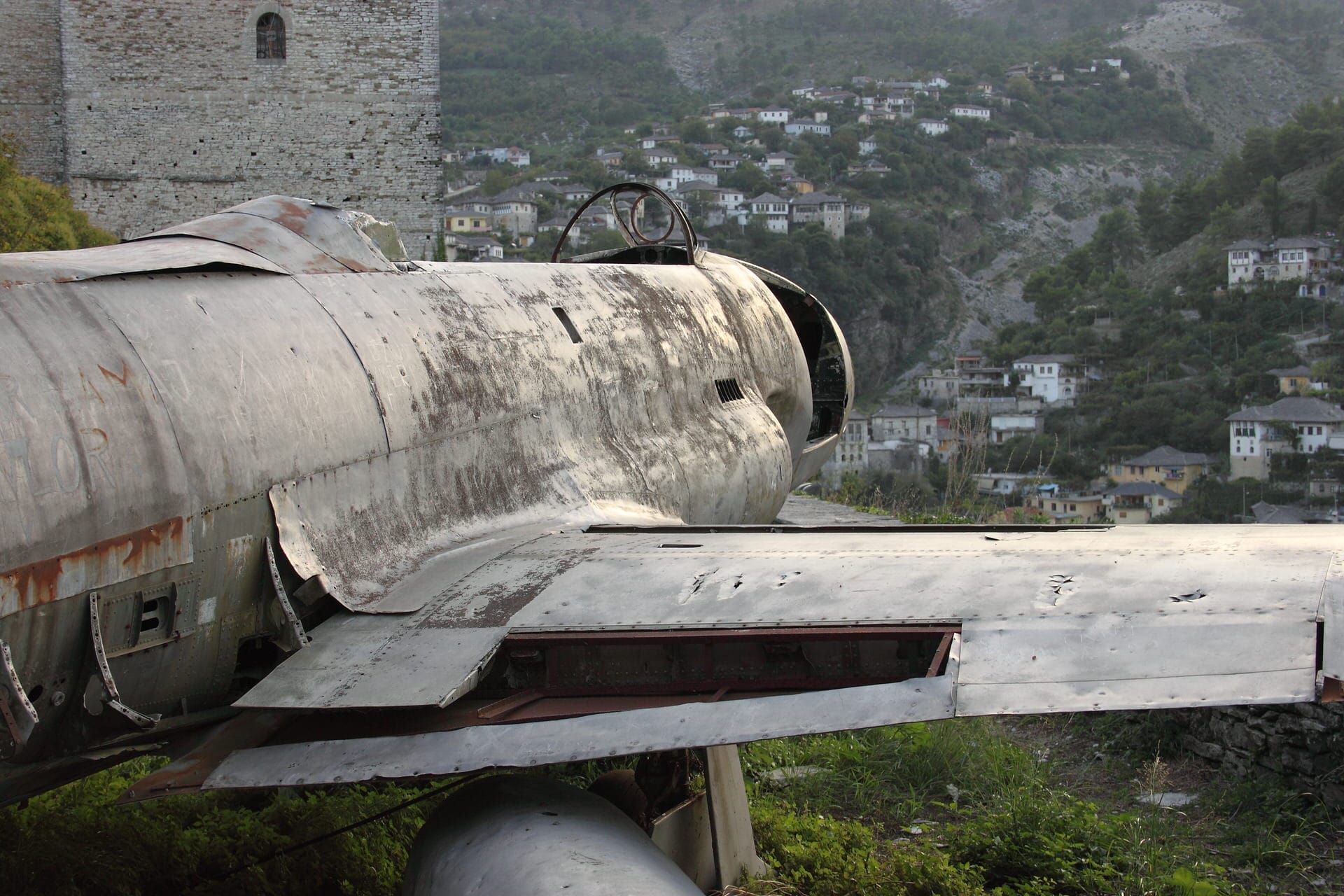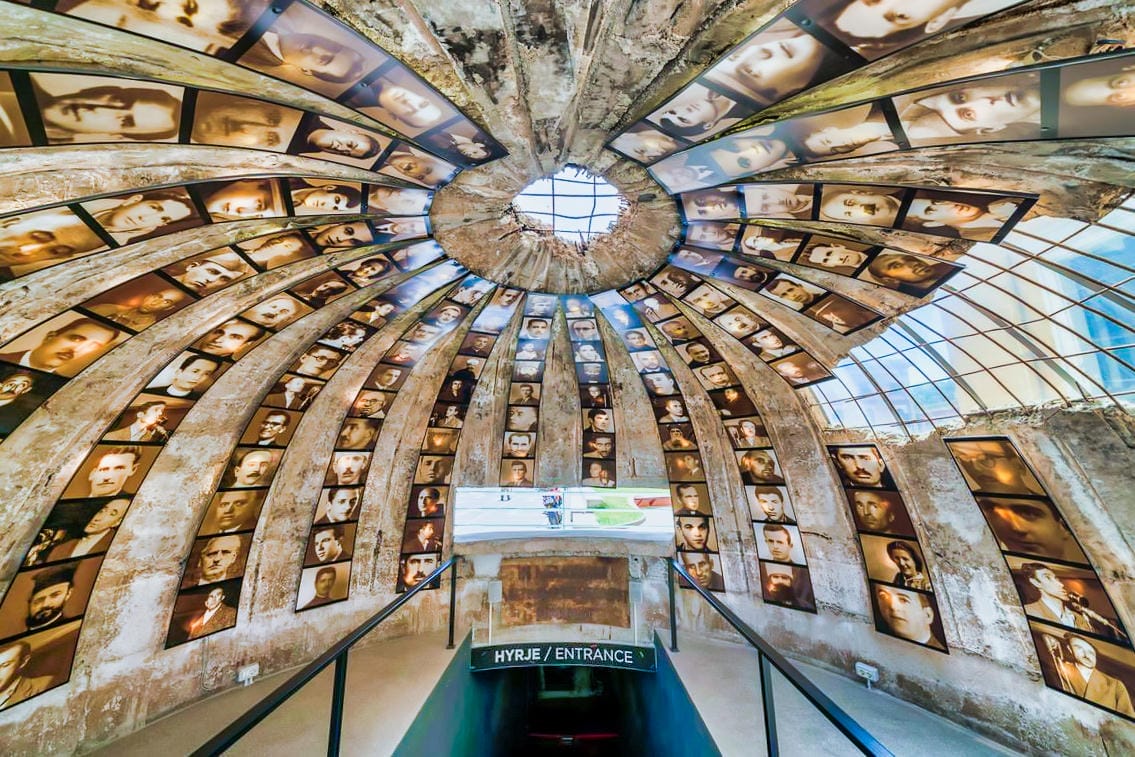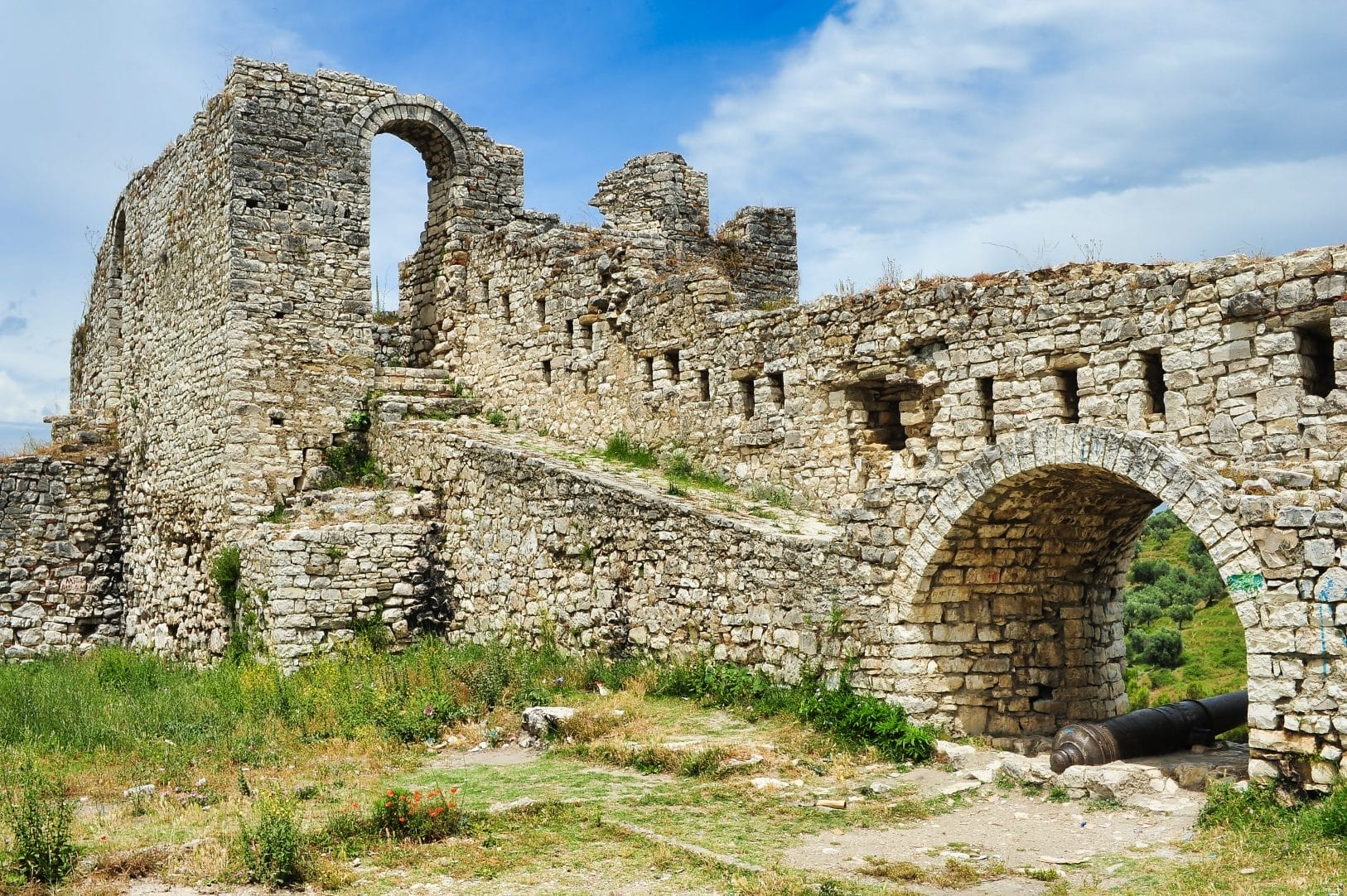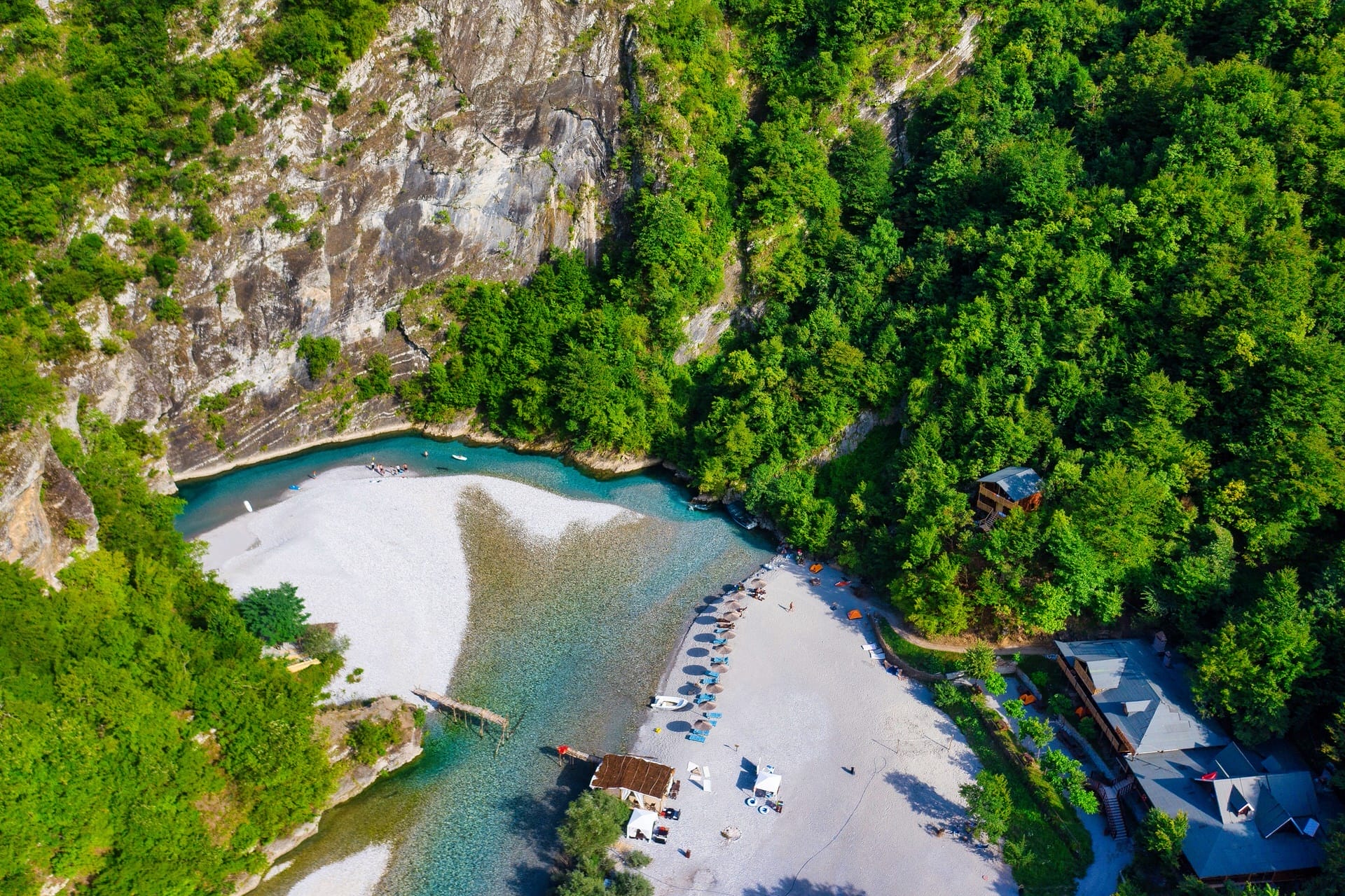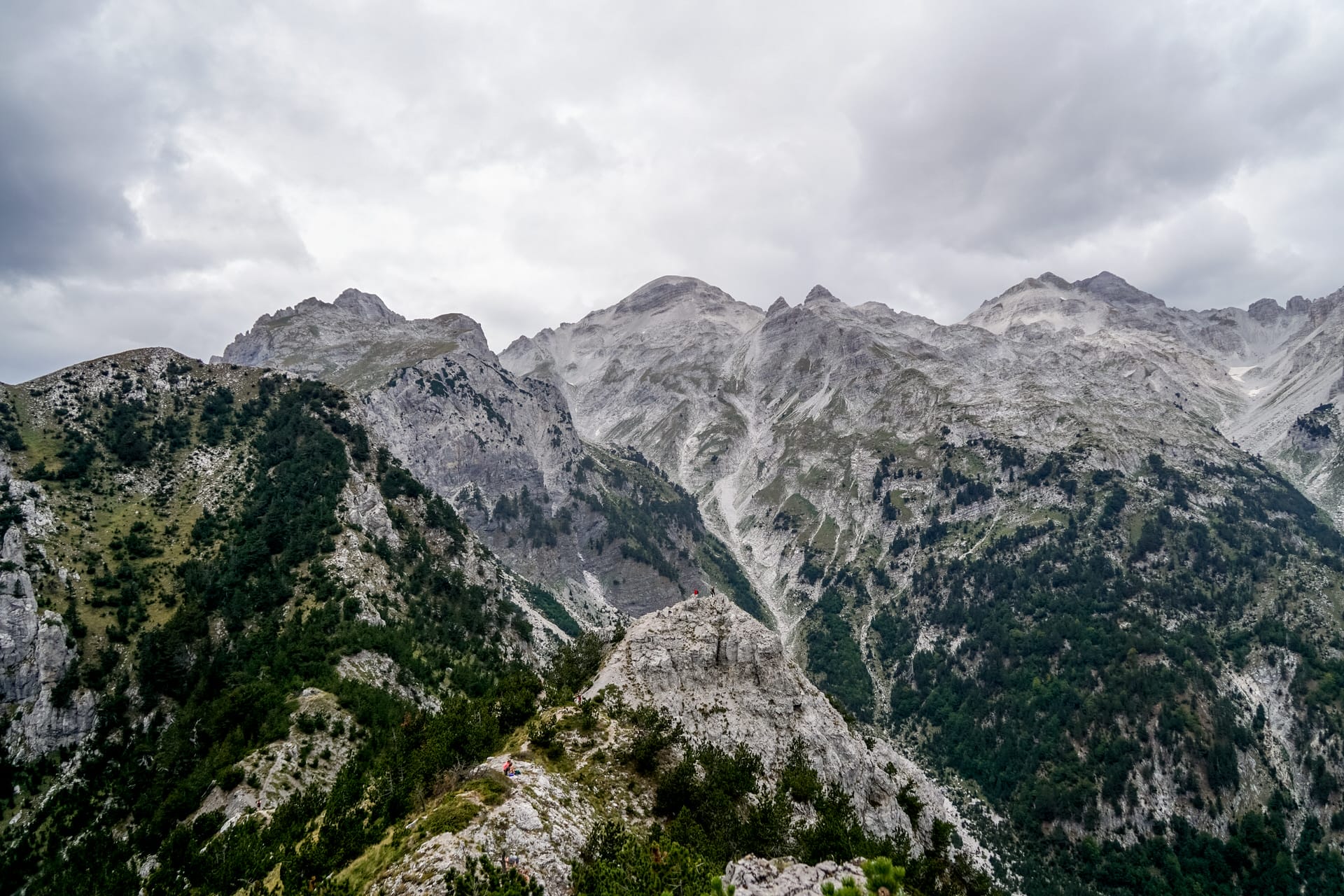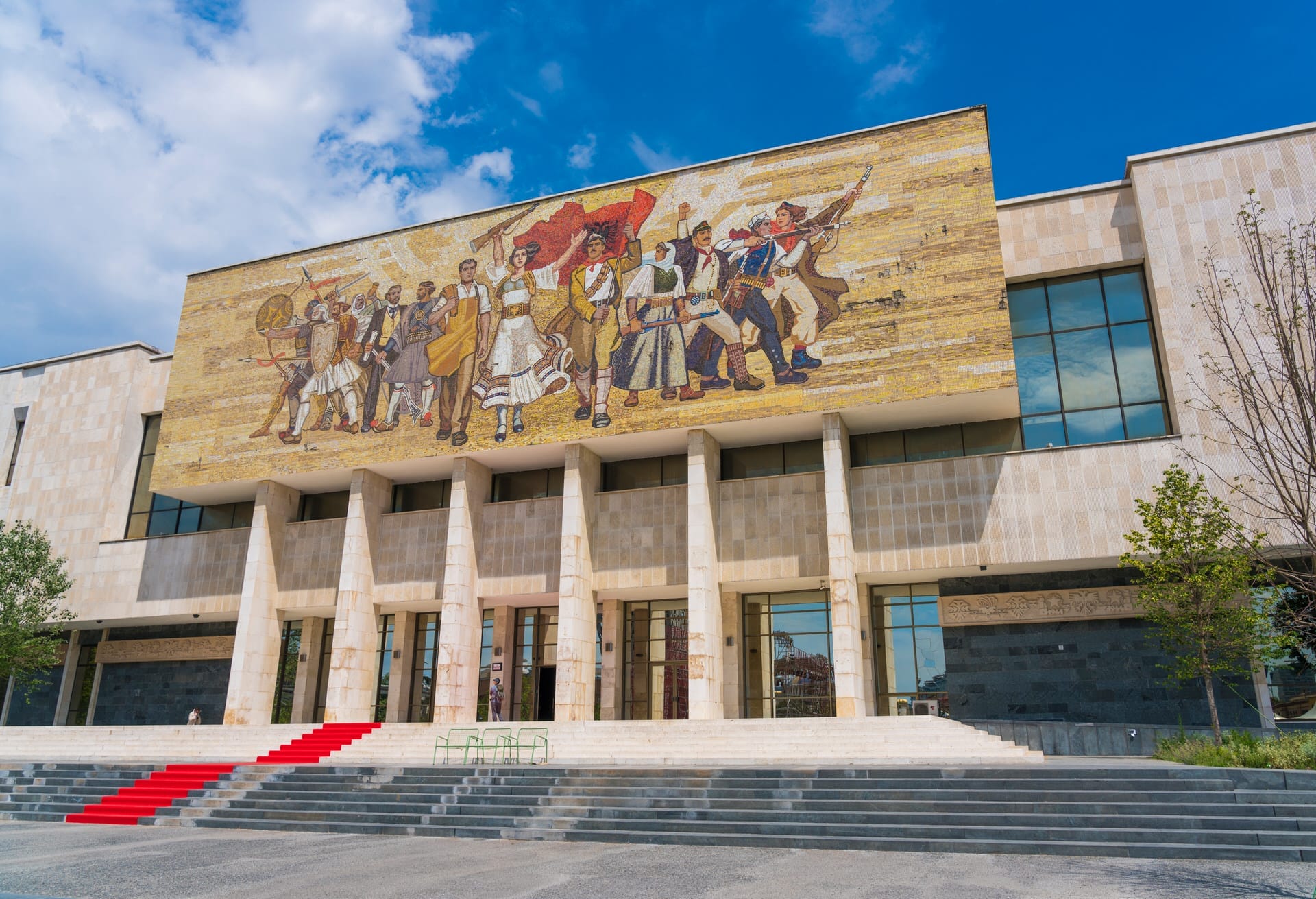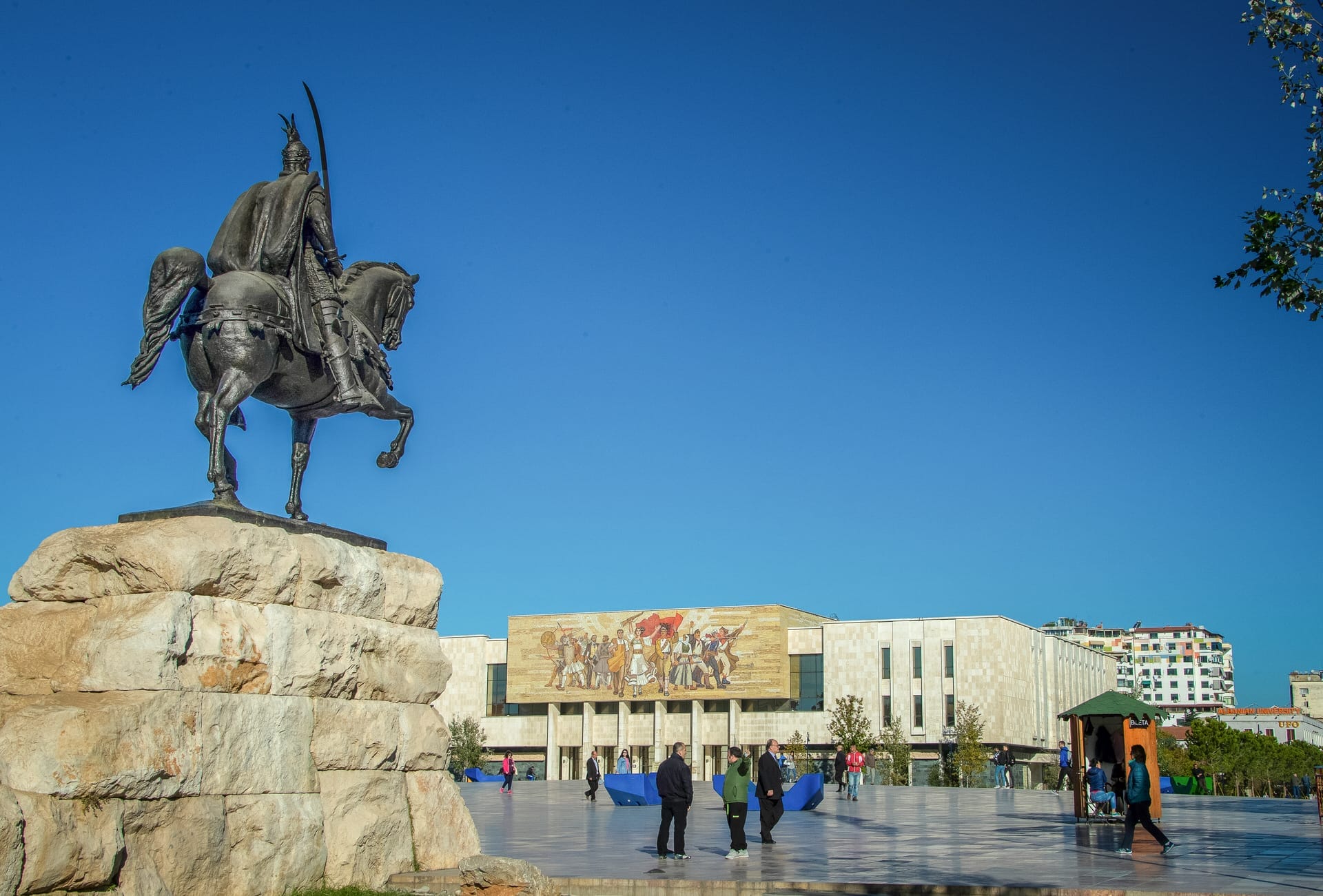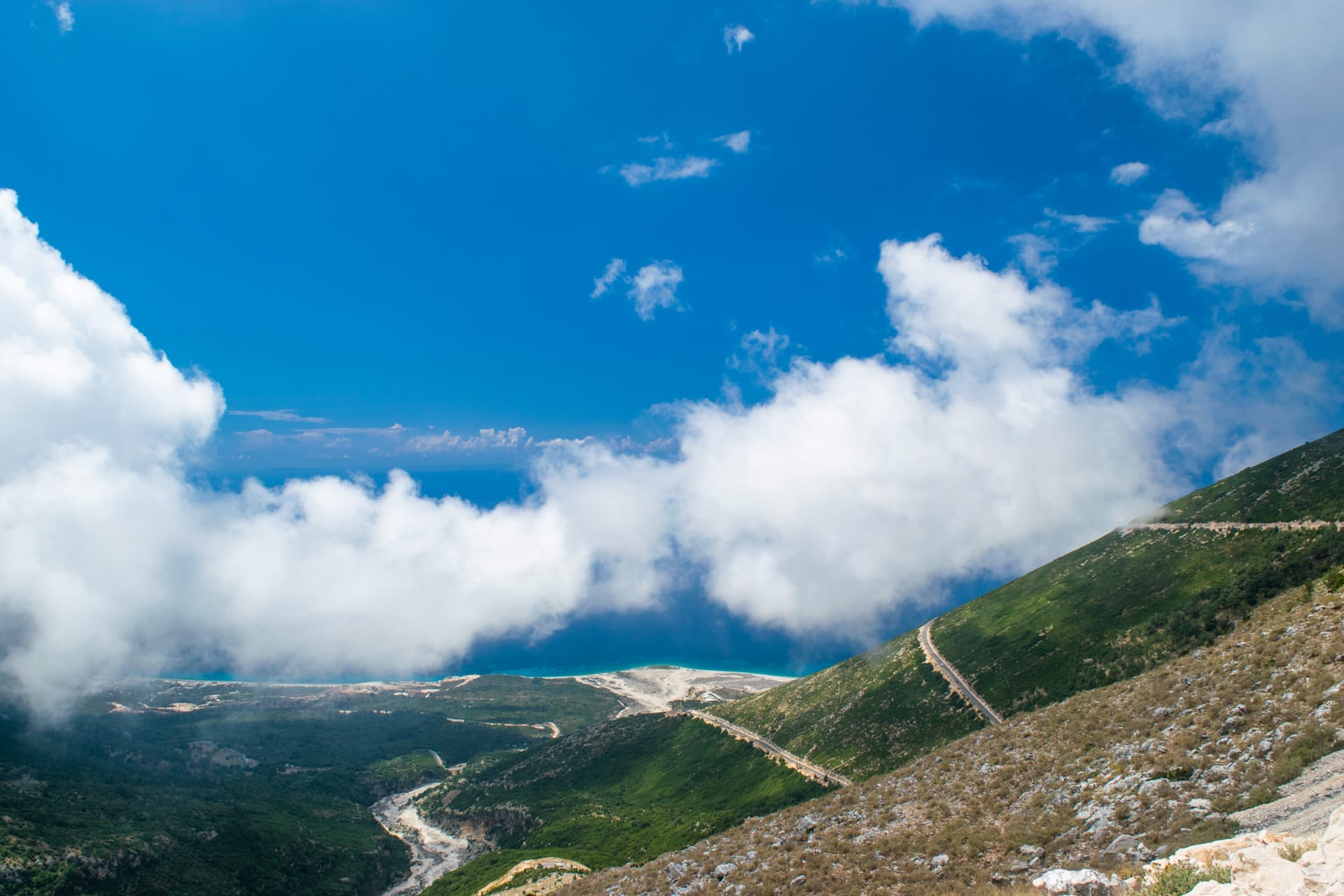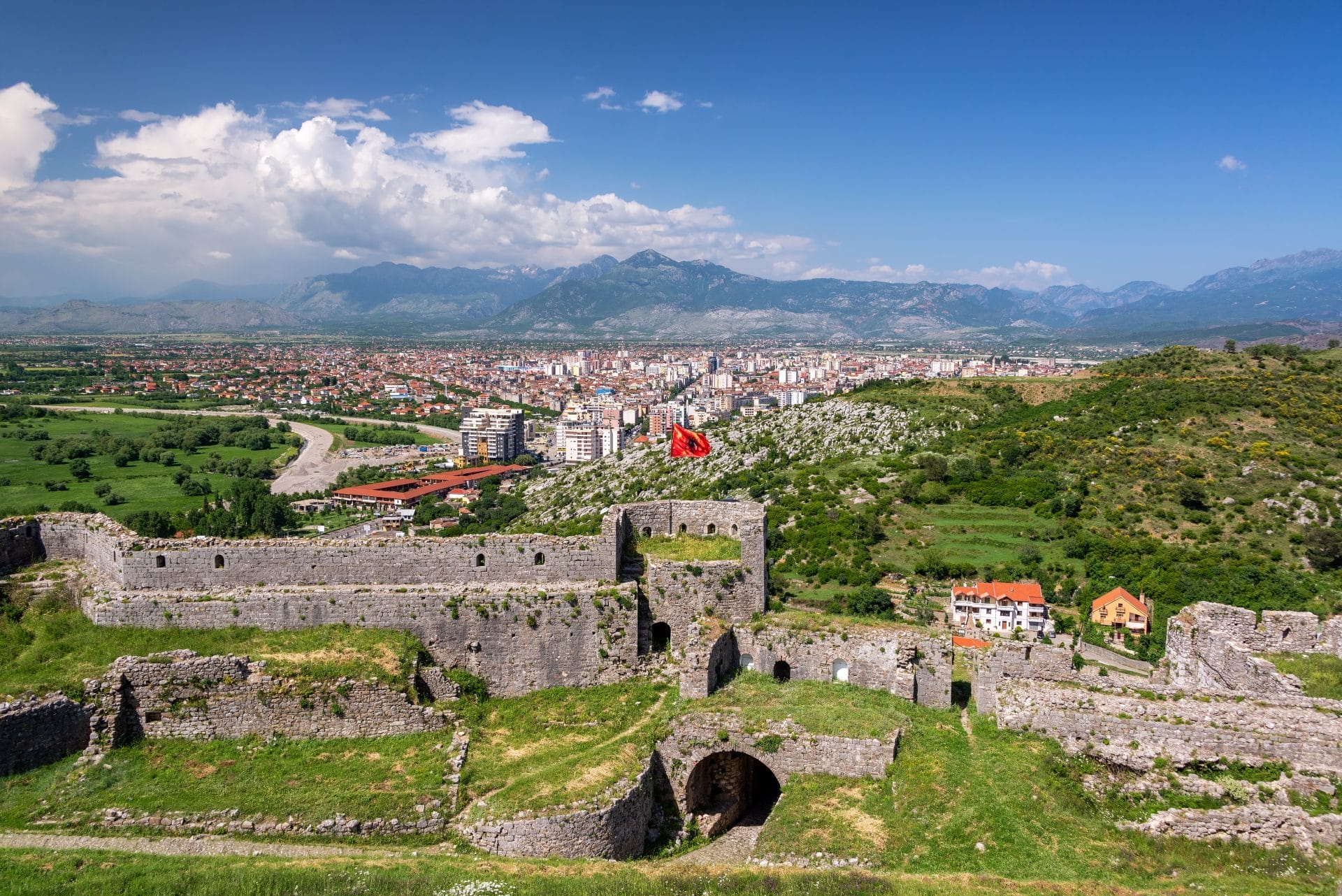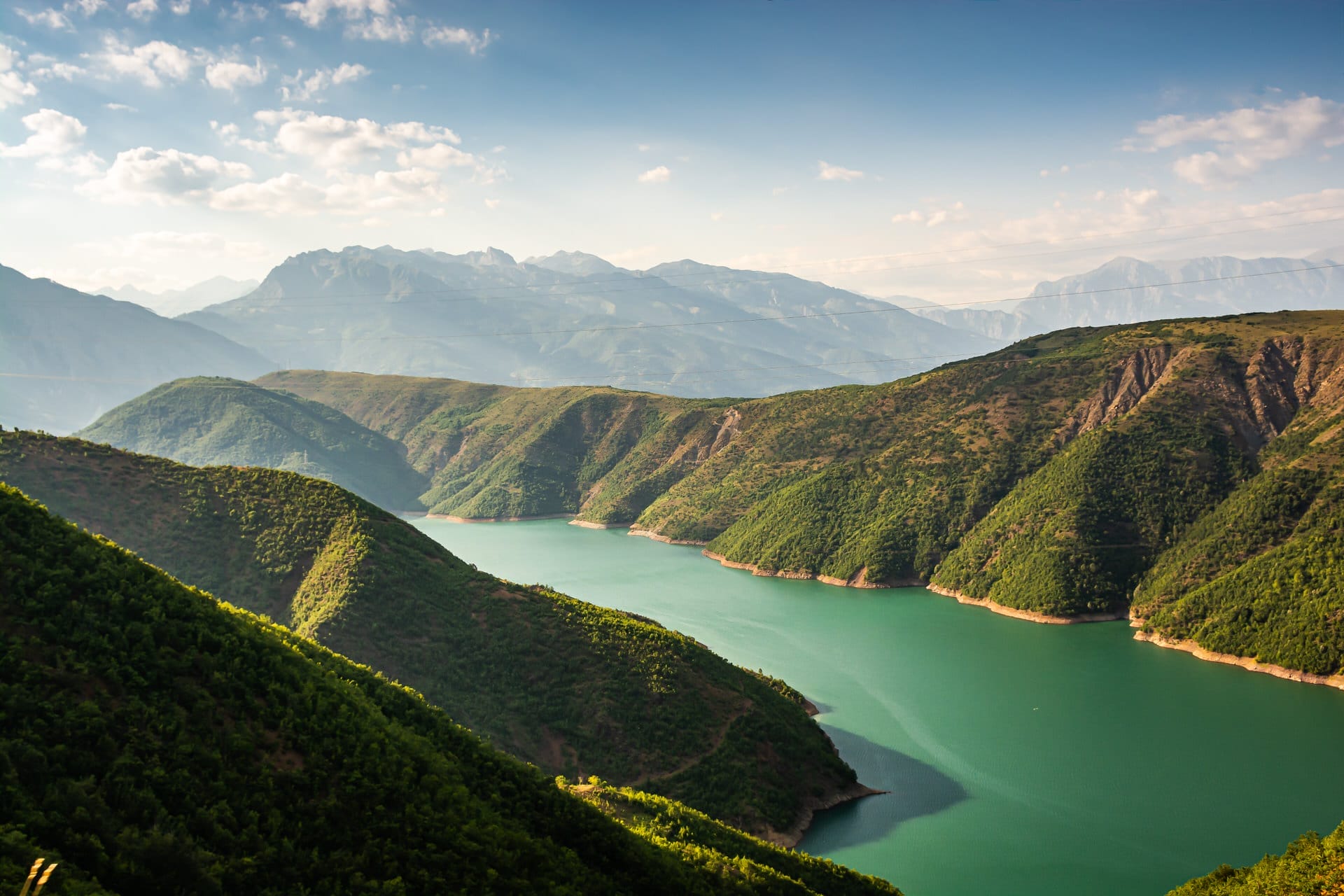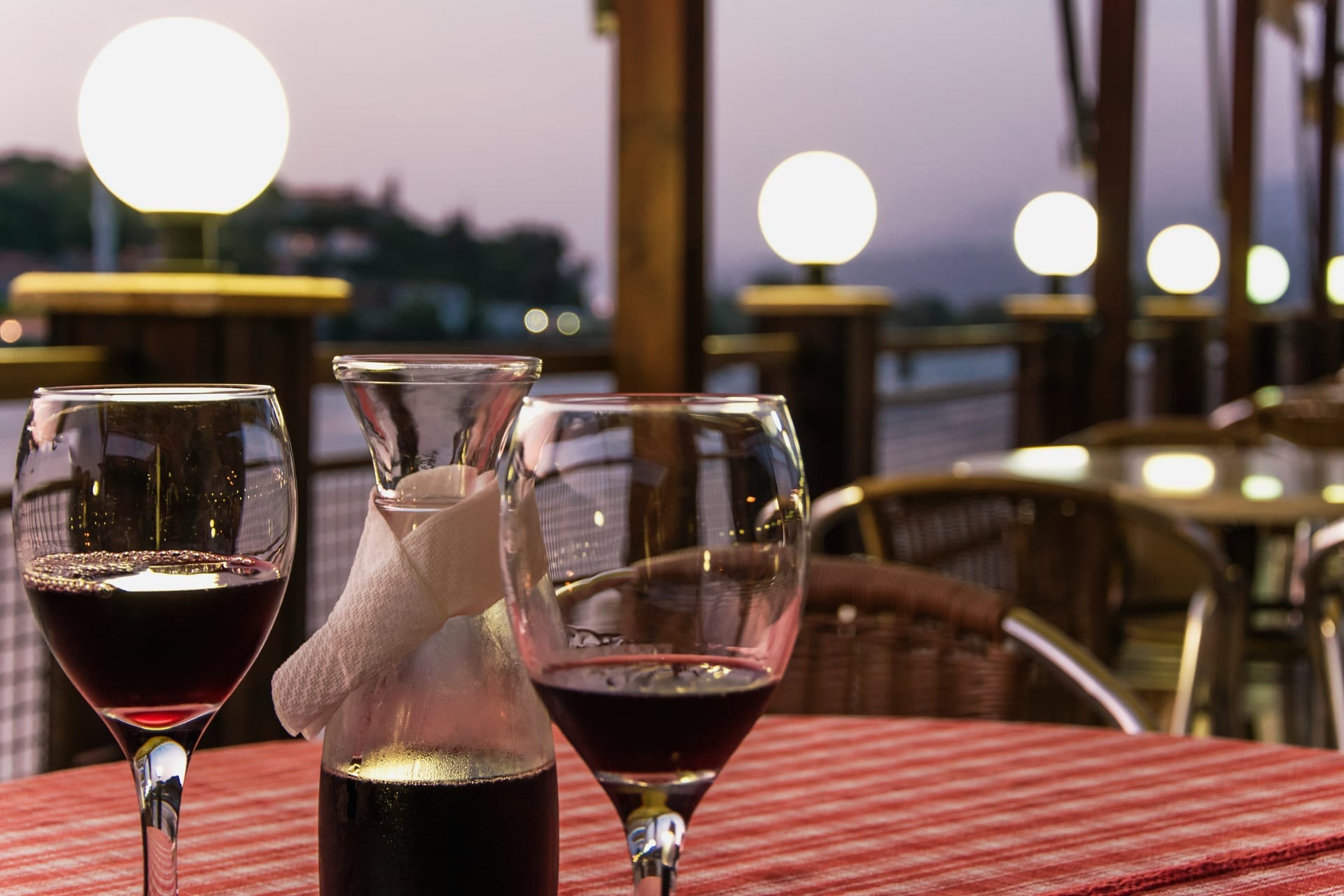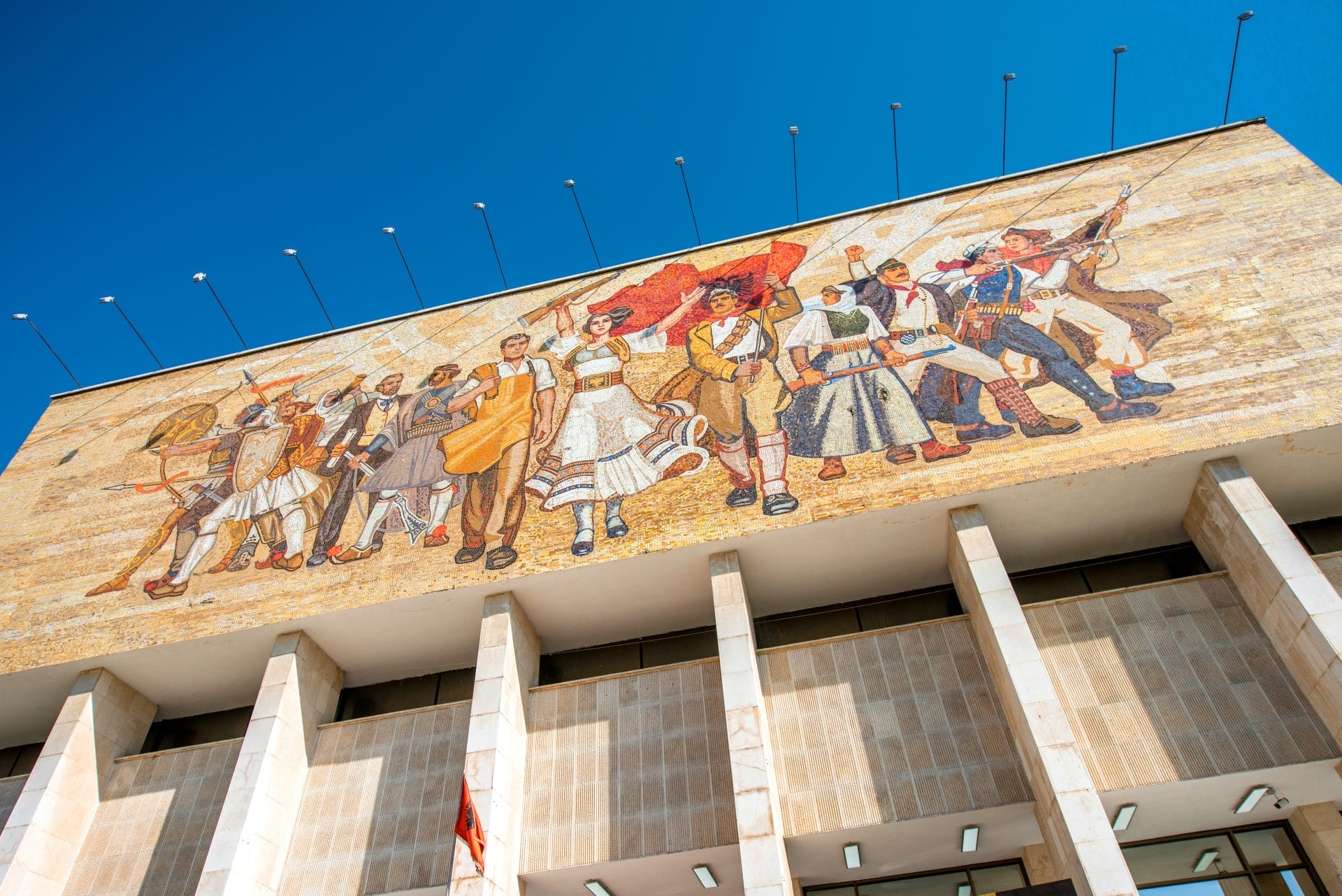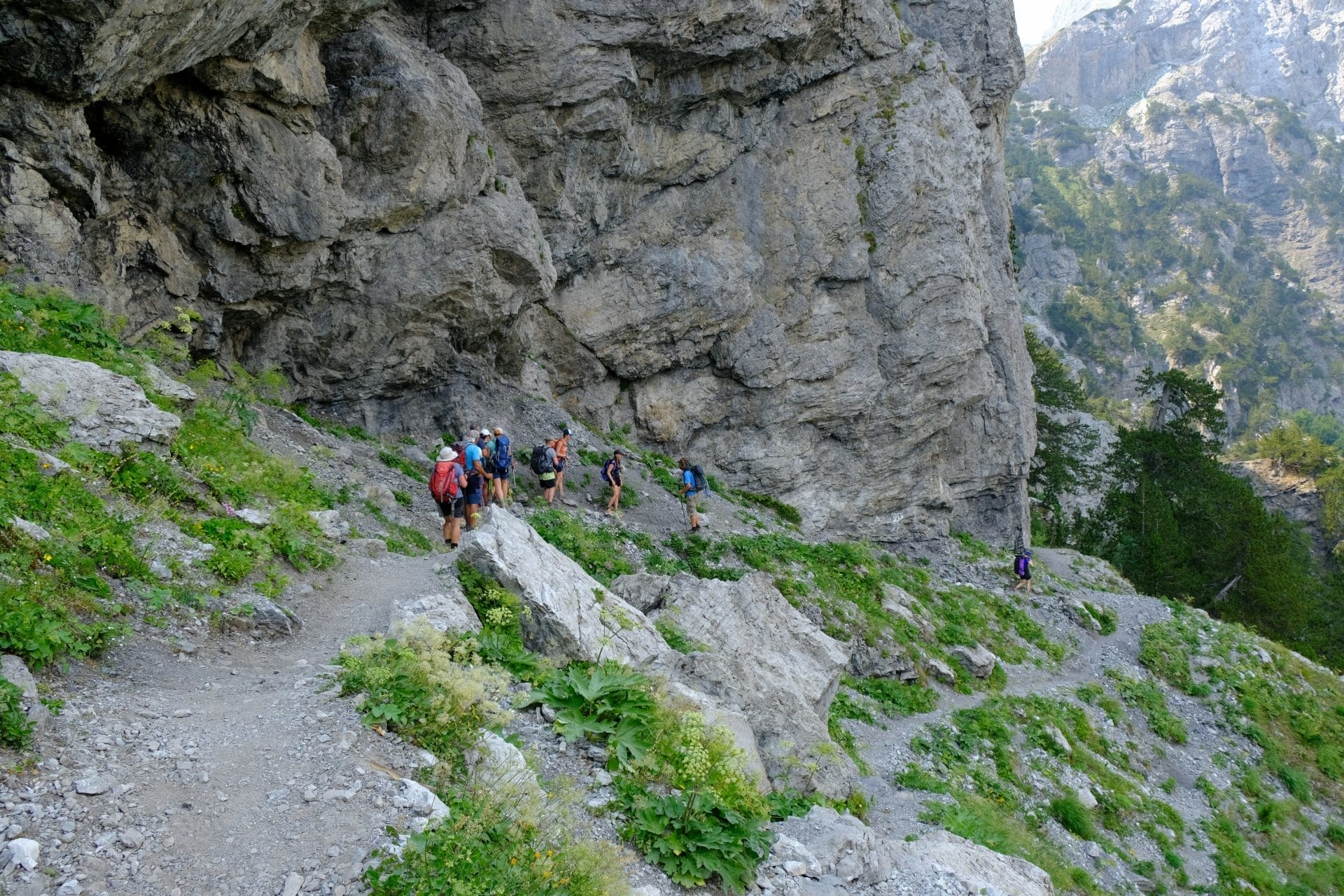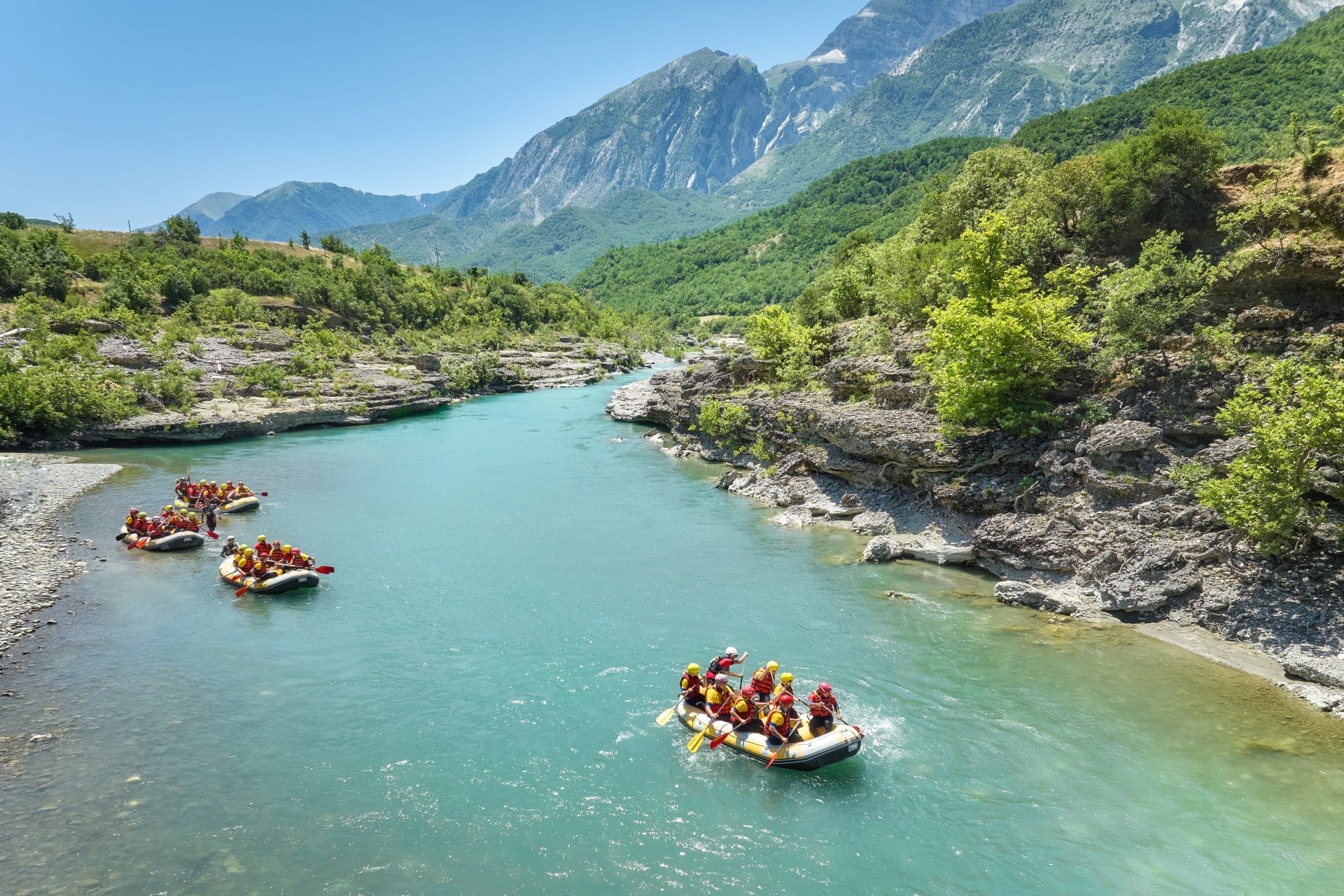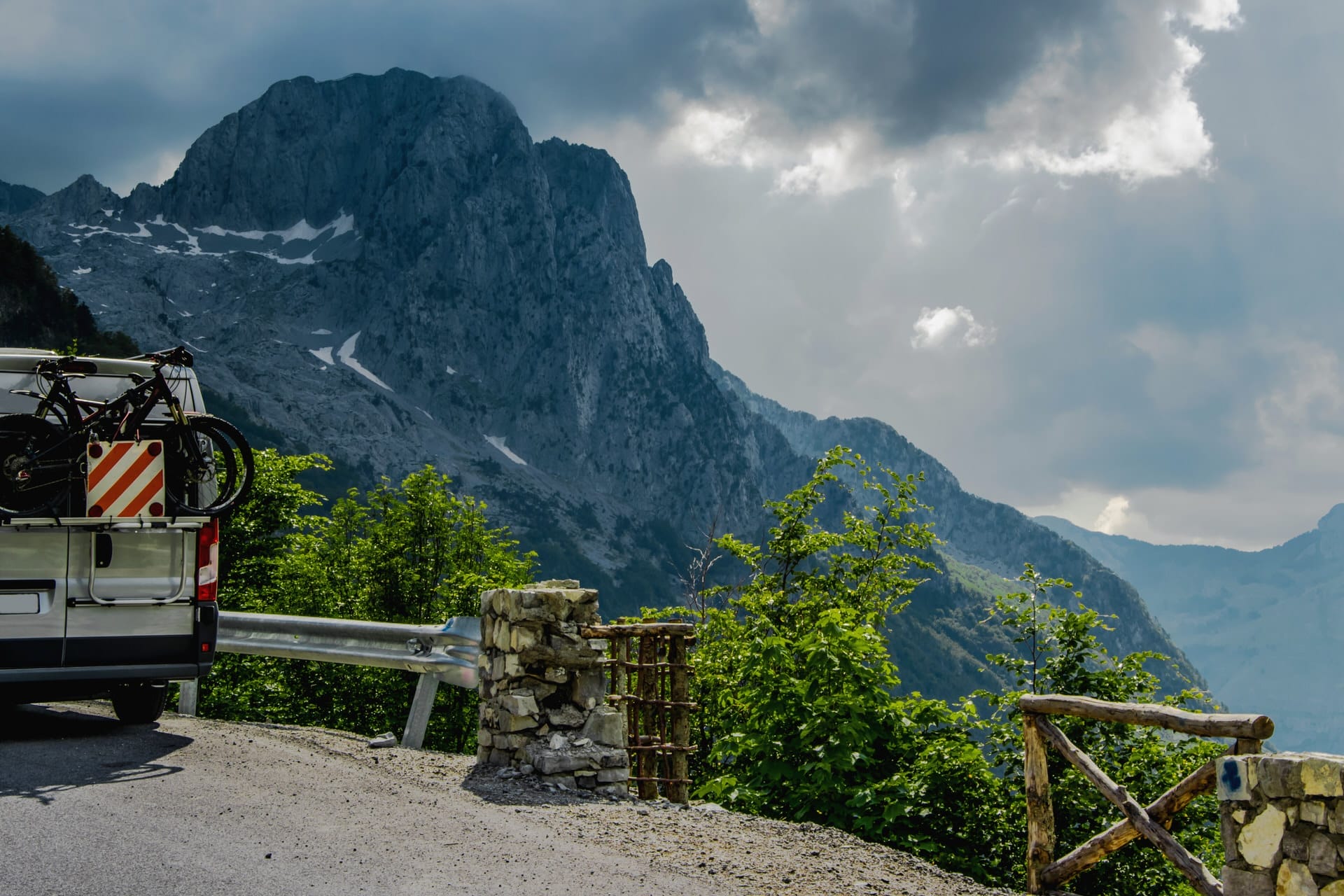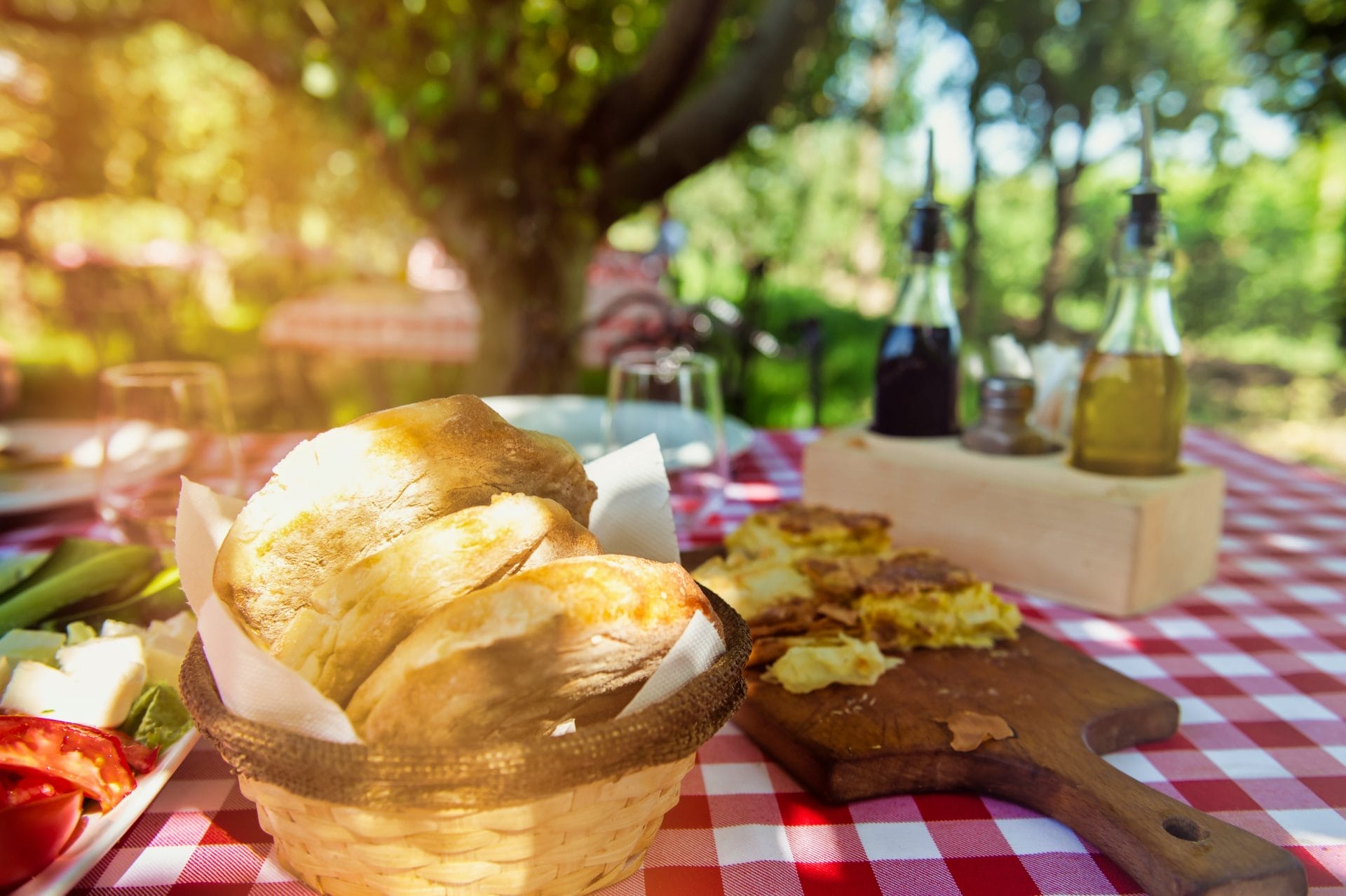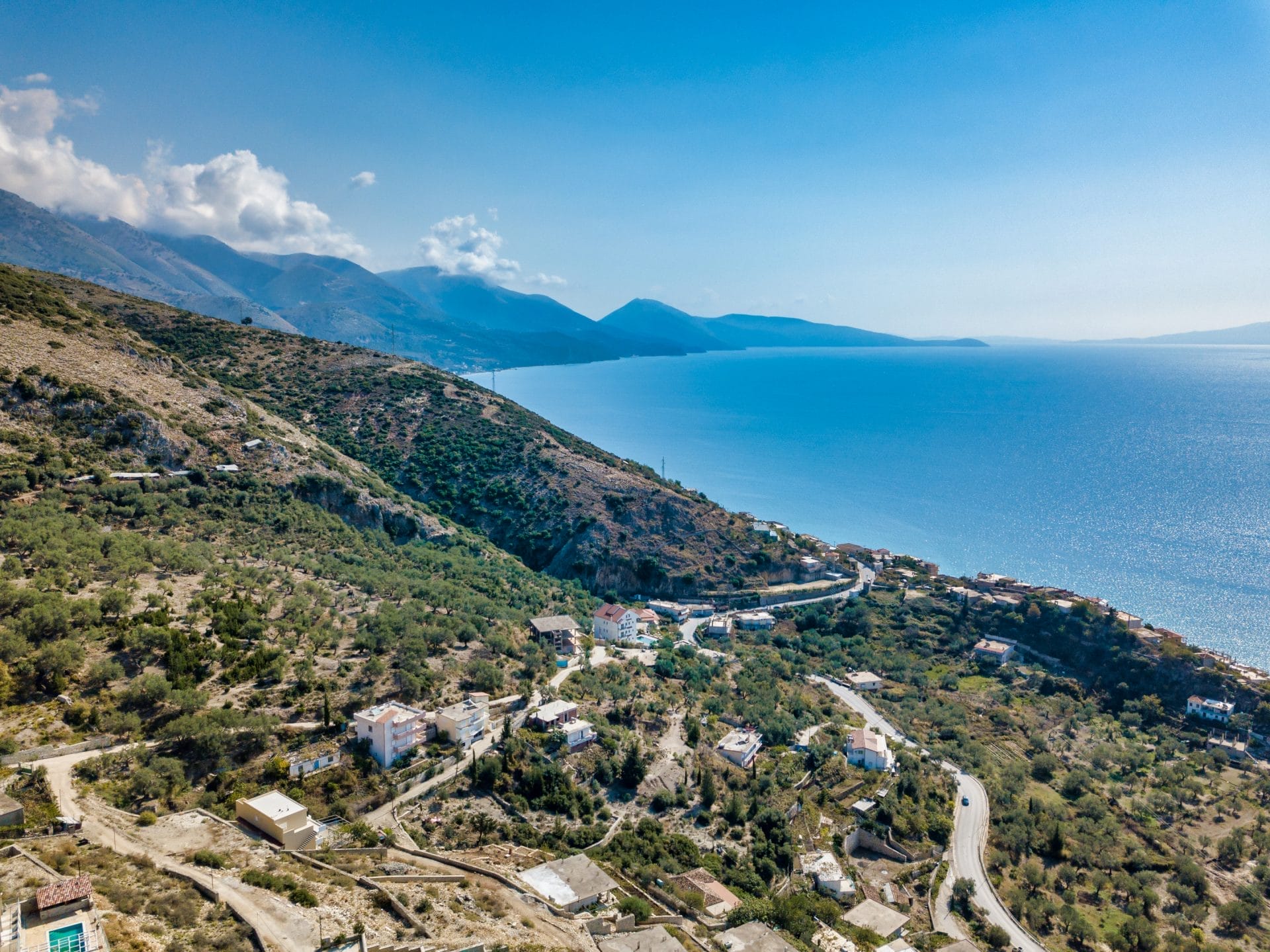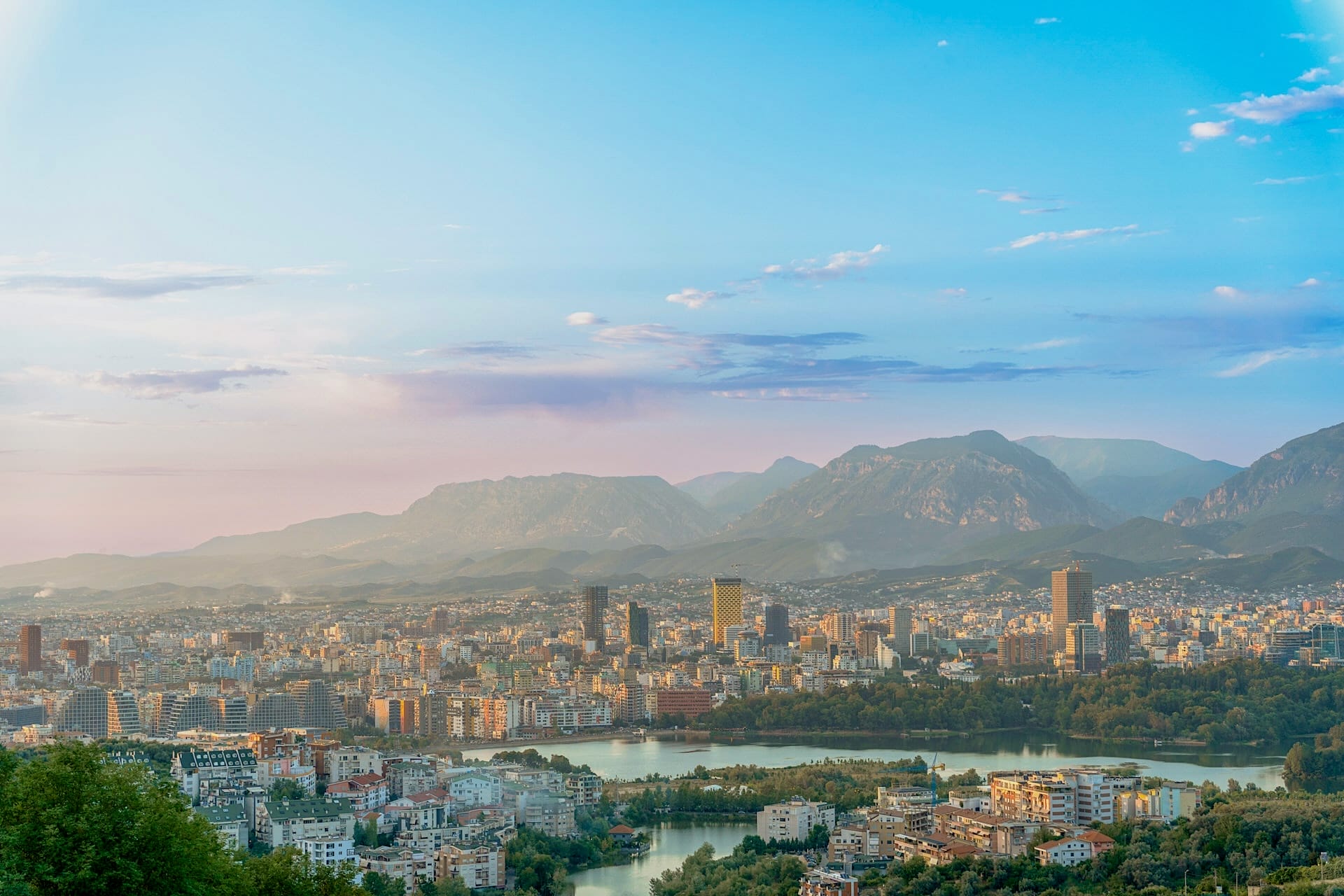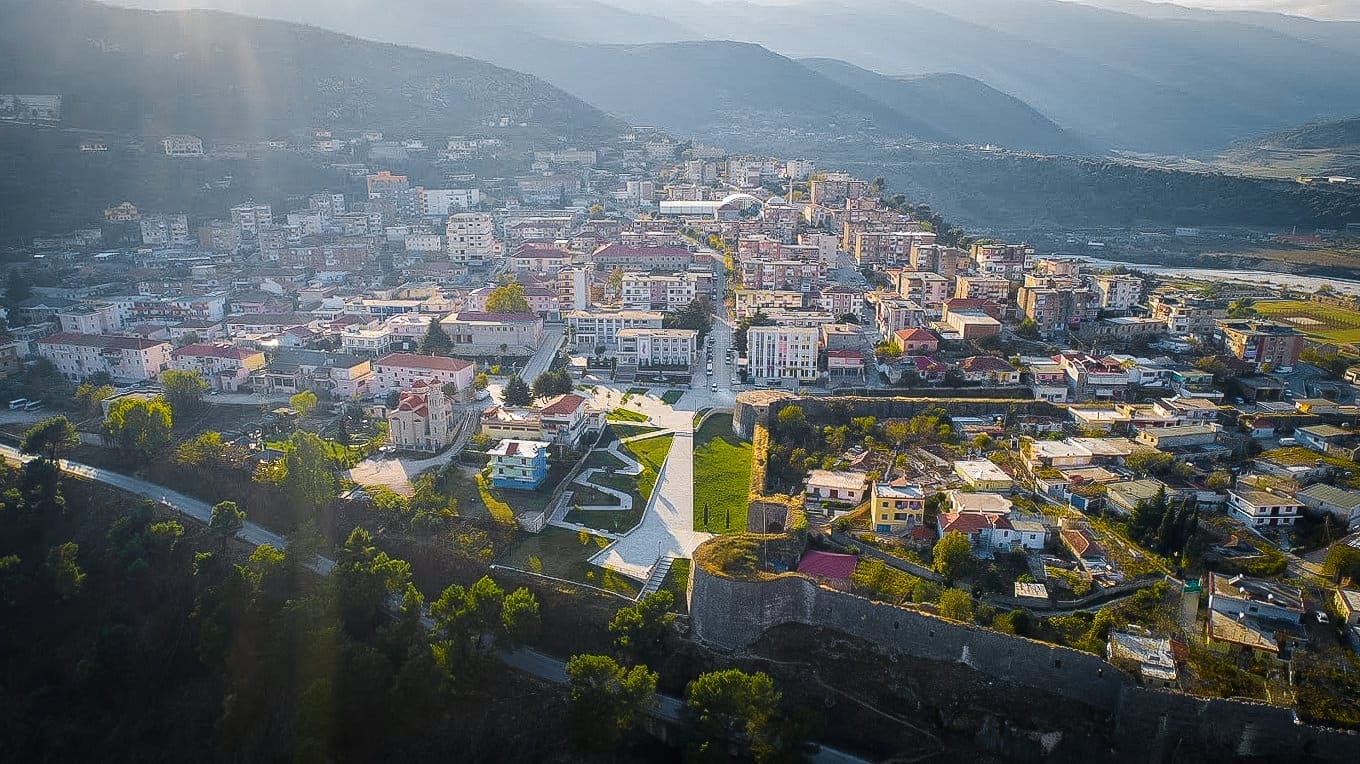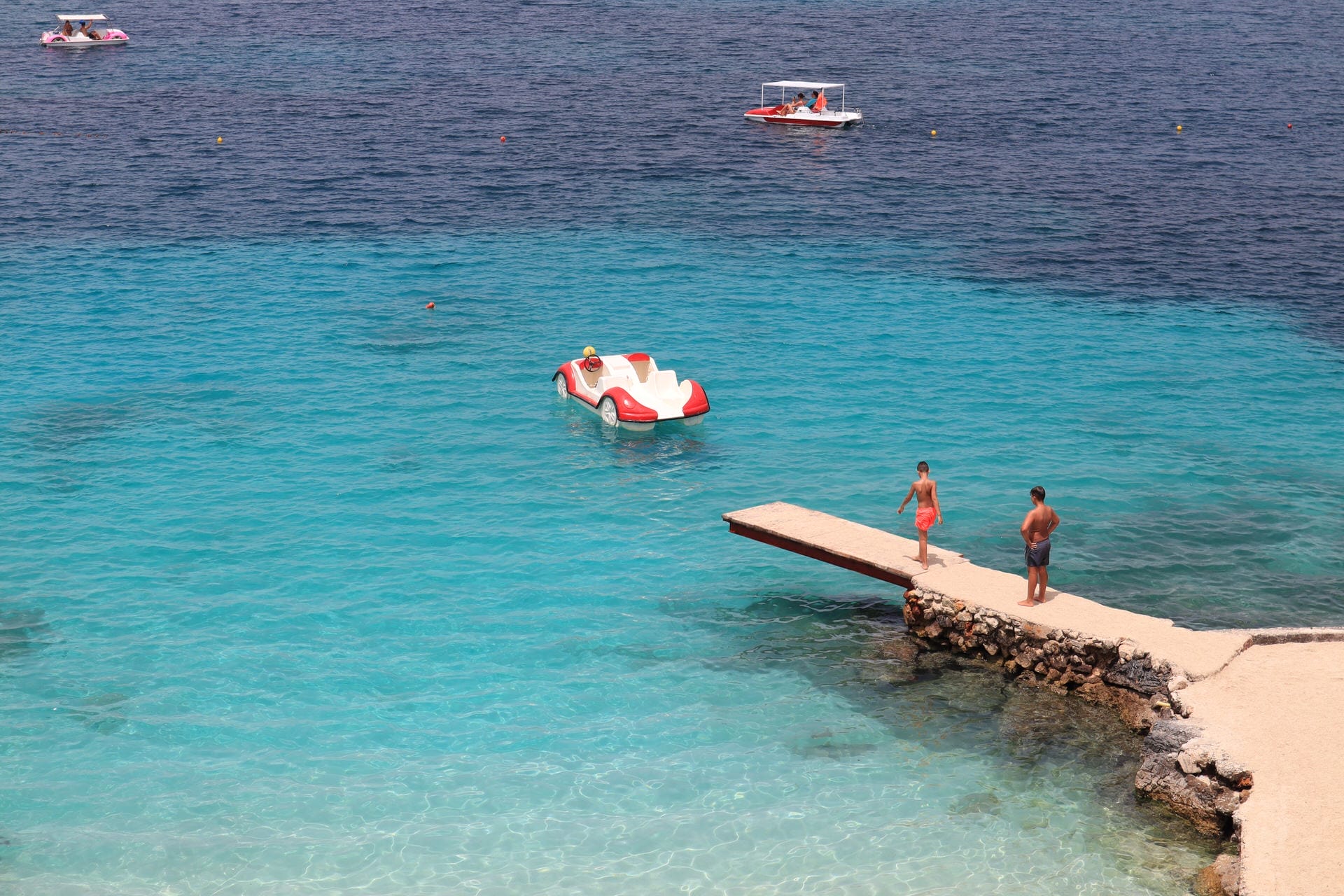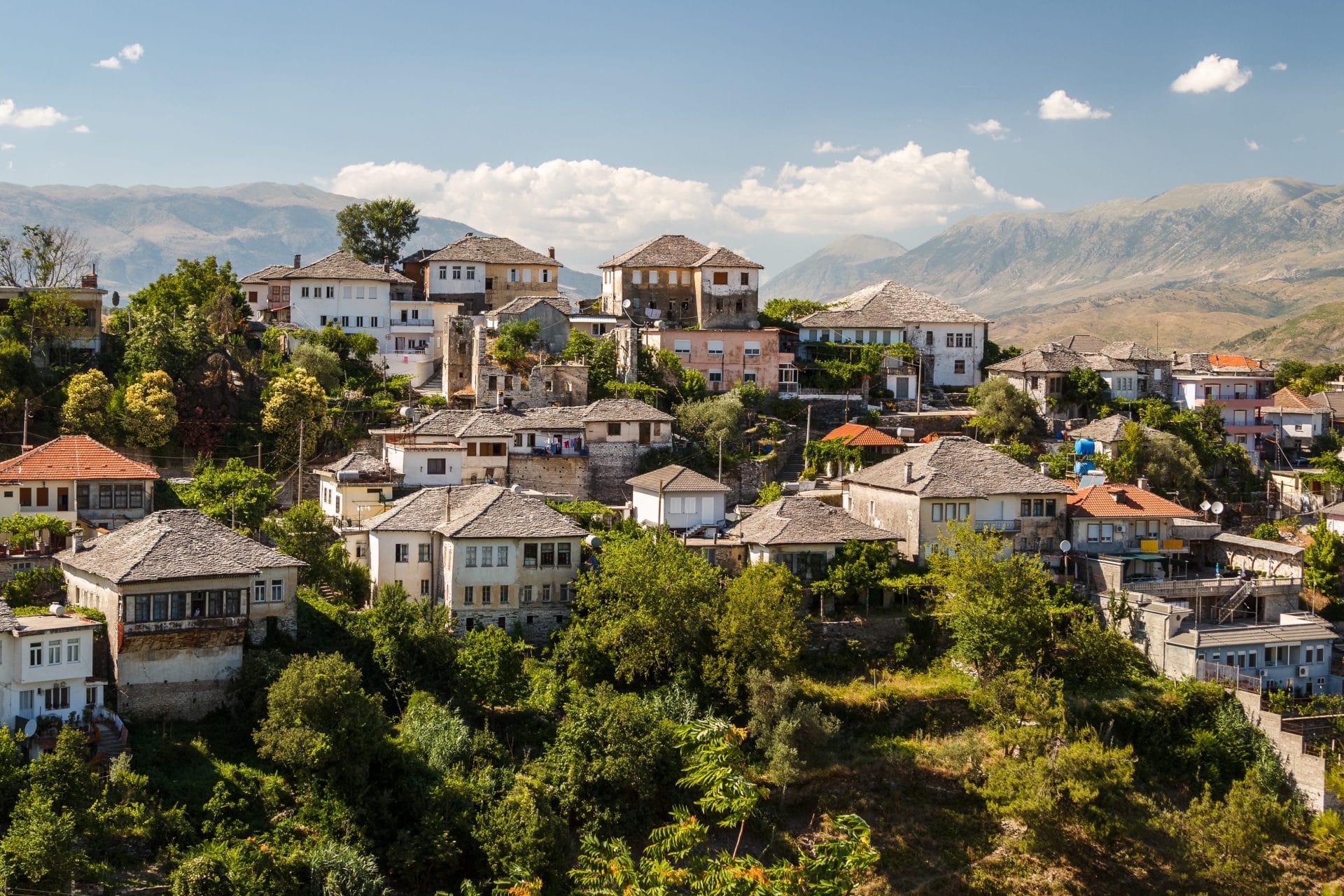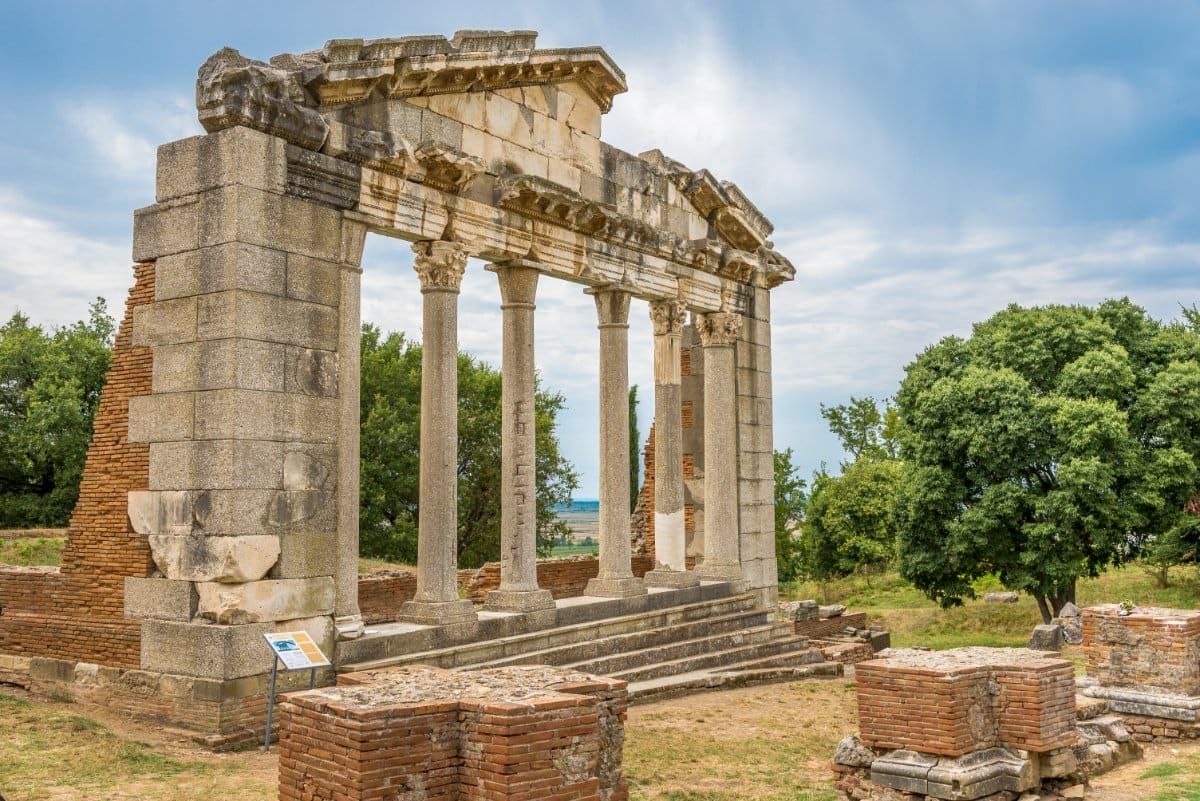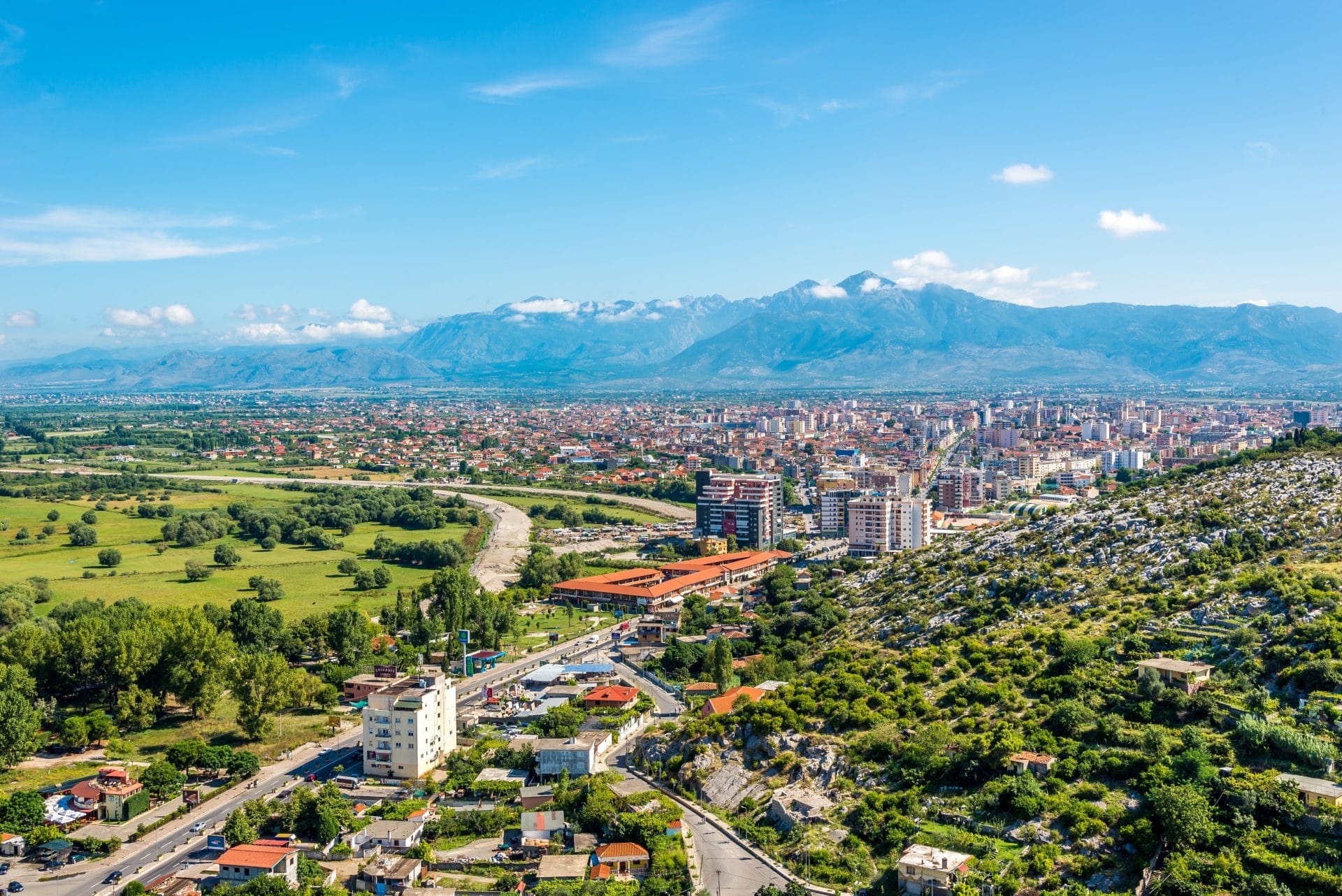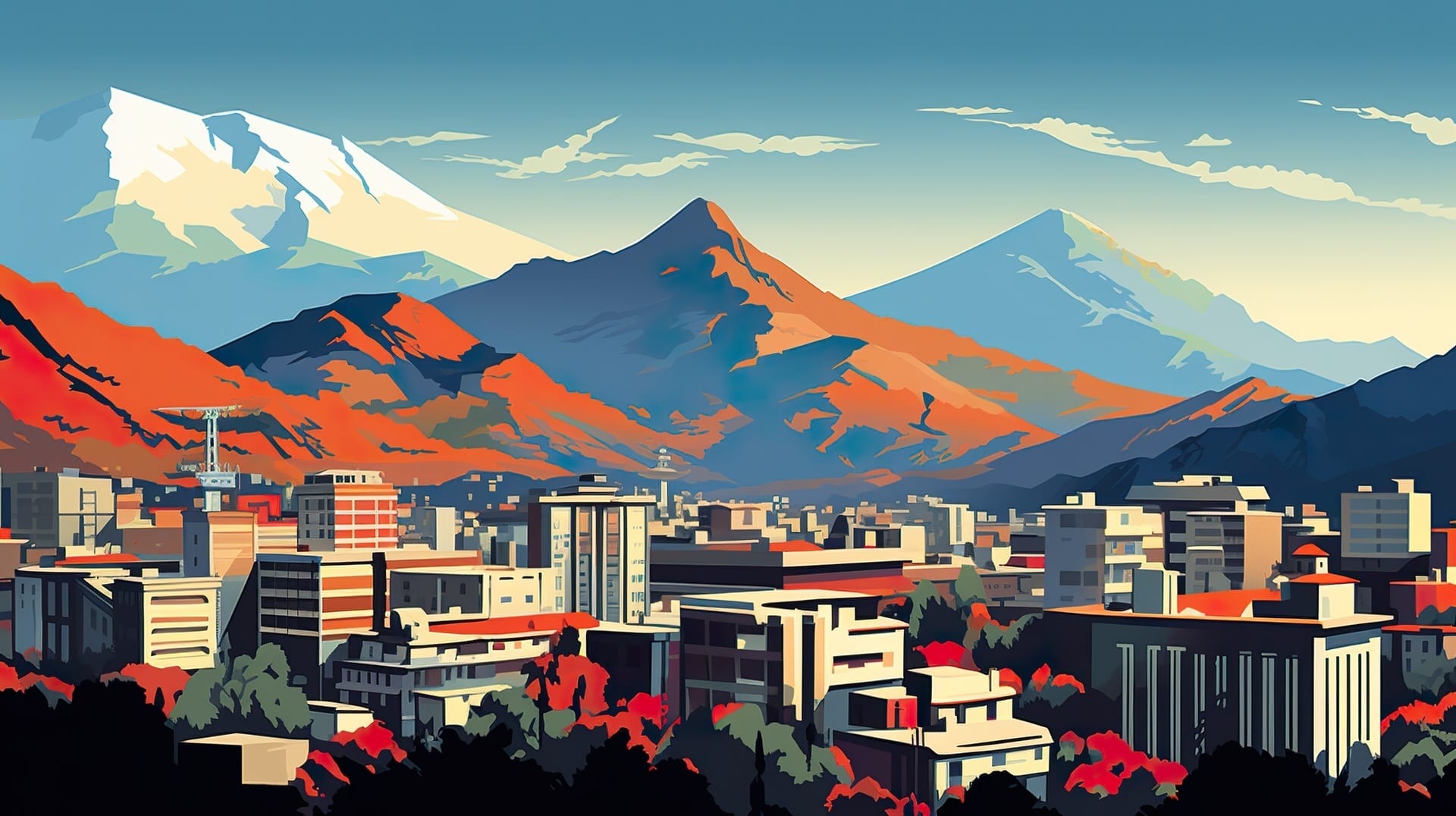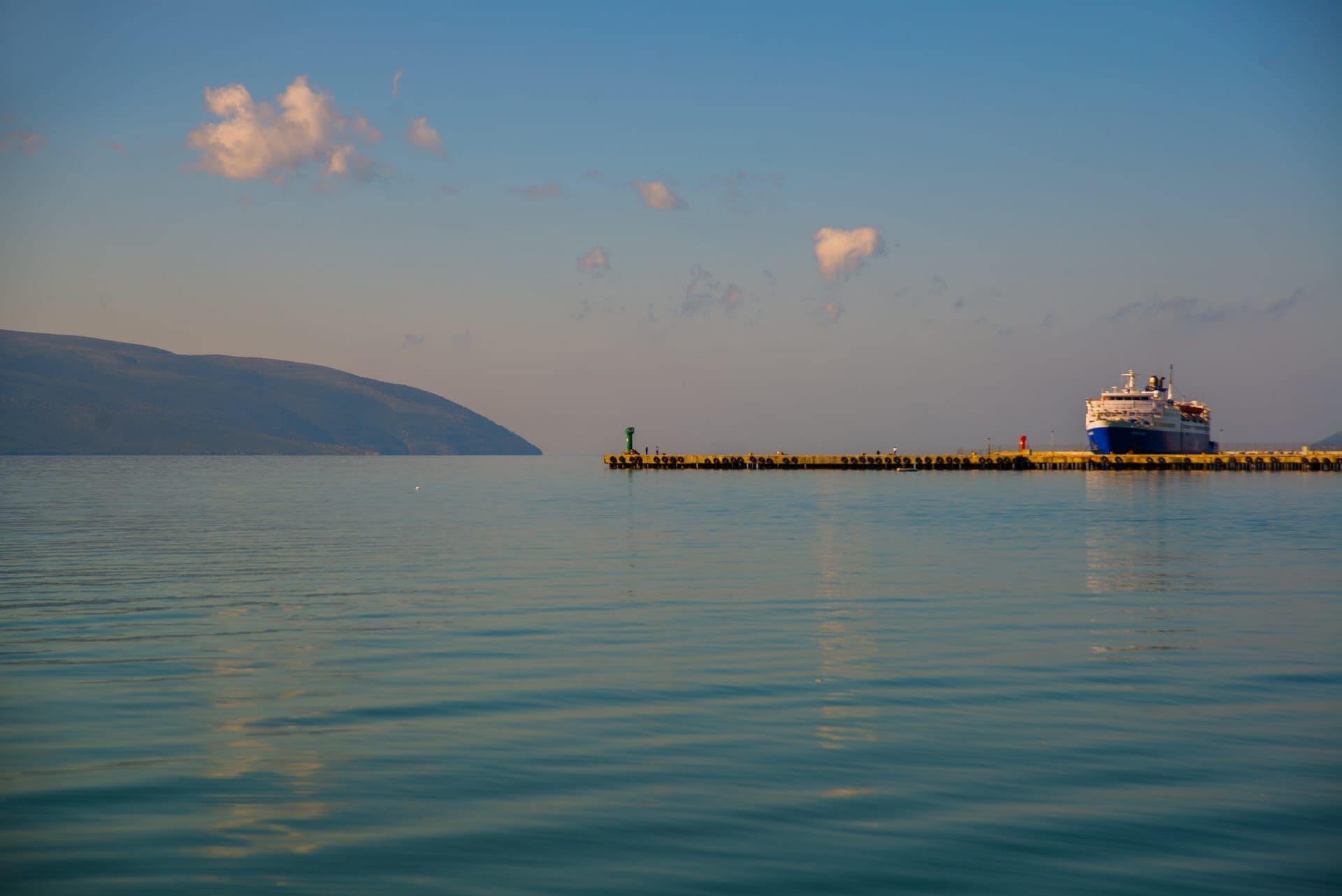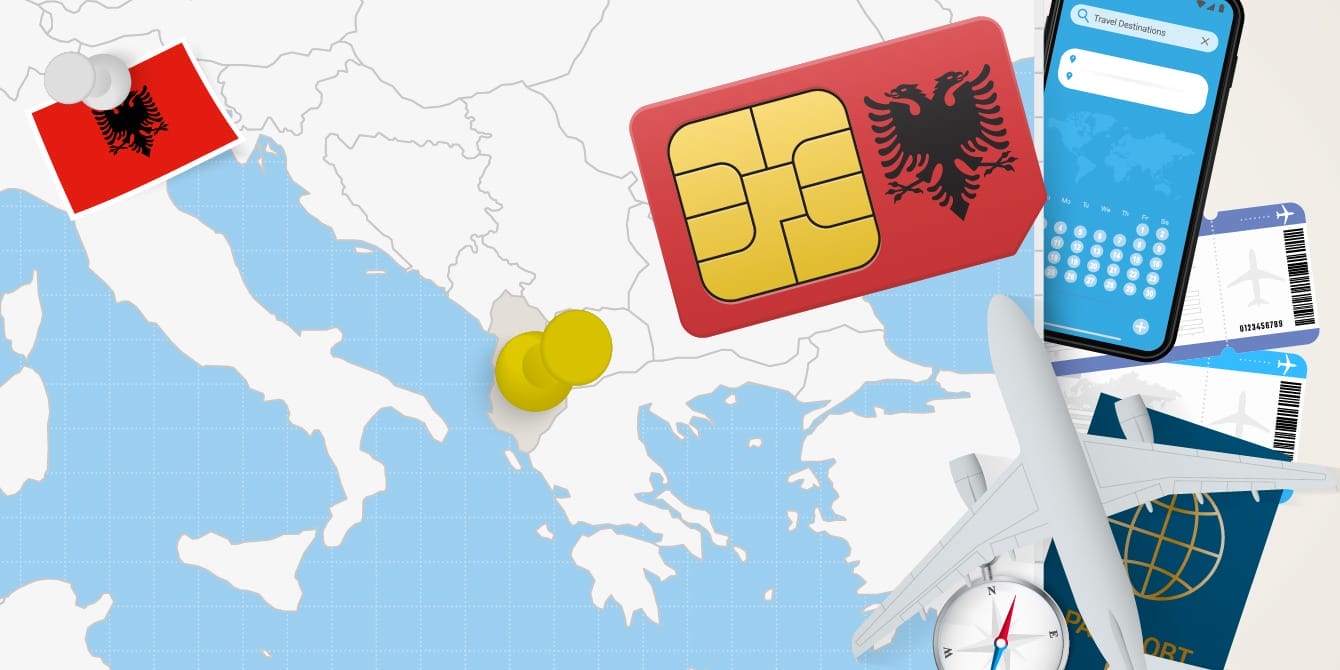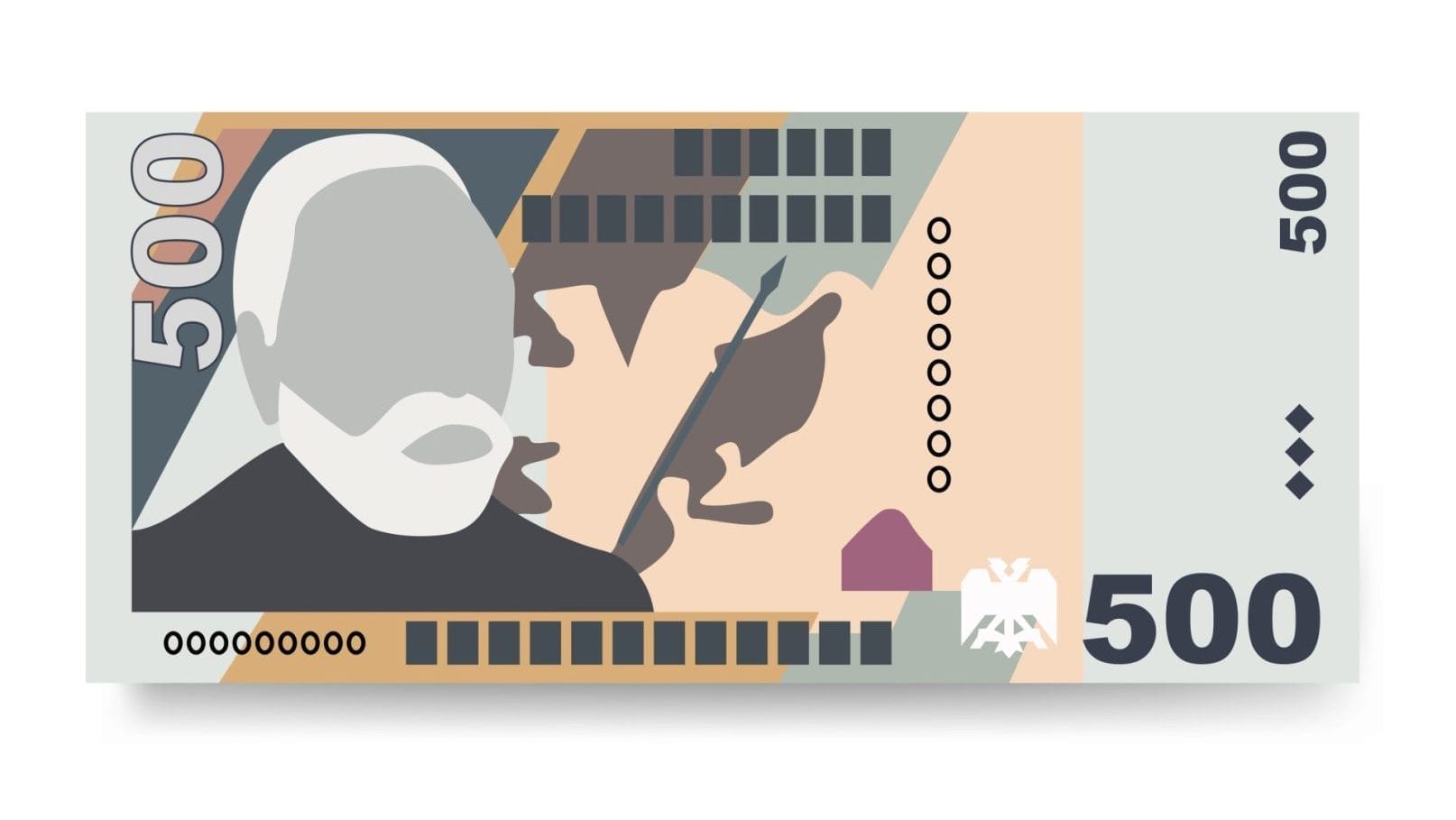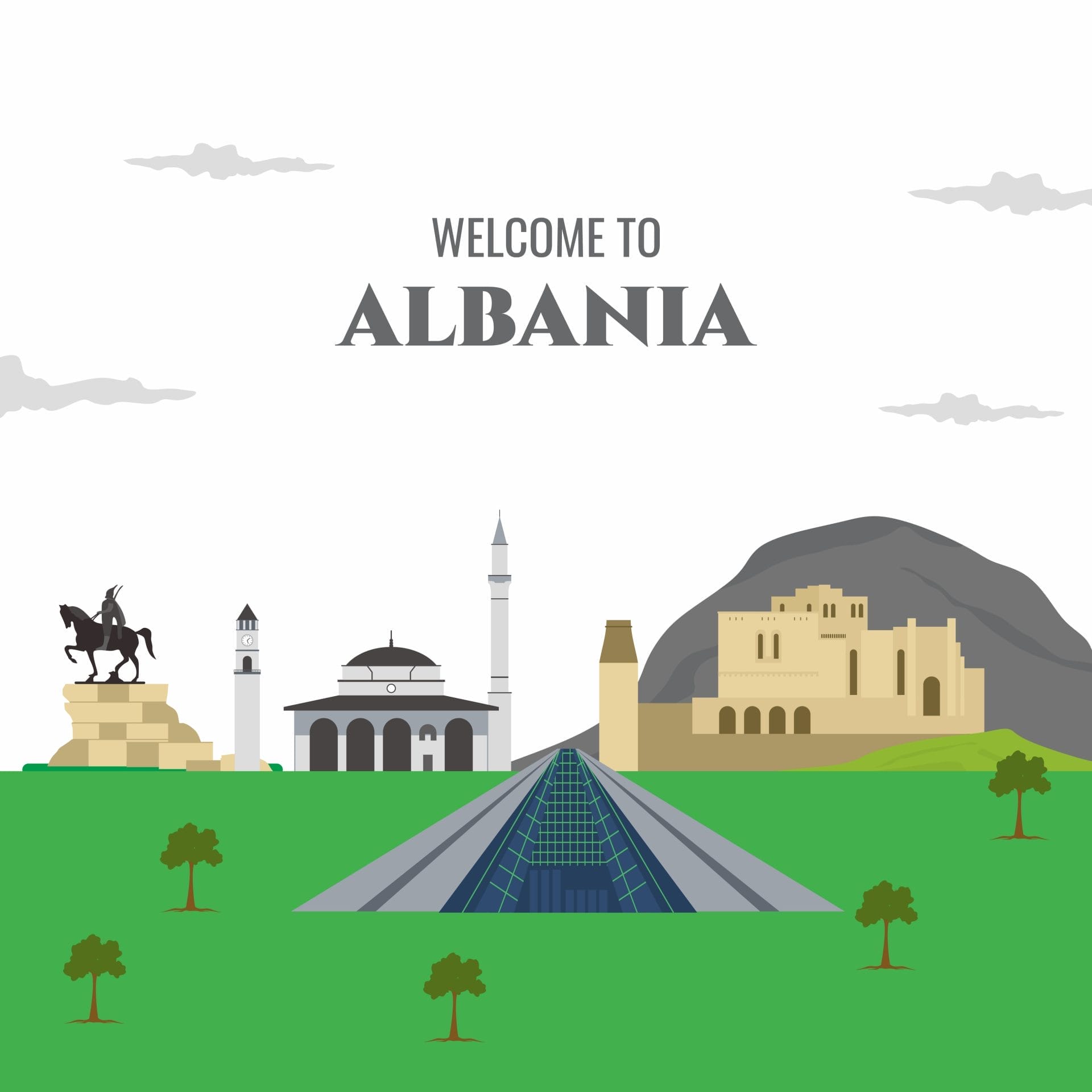
- When is the Best Time to Visit Albania?
- Climate and Seasons
- Why Visit Albania
- Best Cities to Visit
- Albanian Cuisine
- Outdoor Activities
- Planning Your Visit
- Your Turn to Visit
- Frequently Asked Questions
- What is the ideal weather for visiting Albania?
- Which months are best for beach vacations in Albania?
- What are the top activities and attractions during a trip to Albania?
- Is it safe for tourists to explore Albania?
- How long is an optimal stay to fully experience Albania?
- Are the costs of visiting Albania budget-friendly?
- Frequently Asked Questions
When is the Best Time to Visit Albania?
The best time to visit Albania is in the spring or early summer months, from April to June when the weather is warm and dry, perfect for enjoying outdoor activities like hiking and the country’s natural beauty. For beach vacations, summer from June to August brings hot, sunny weather ideal for lounging on the beaches along the Albanian Riviera.
Climate and Seasons
Understanding Albania’s climate is crucial for picking the best time to visit. Here’s an overview of what each season offers.

Summer: The Beach Lover’s Paradise
Summer in Albania brings hot and sunny weather, with temperatures reaching around 92.5°F (33.6°C) in August.
This is a popular time for tourists interested in water activities and visiting archaeological landmarks, as the warm weather and clear skies create perfect conditions for exploration.
The summer months, particularly June through August, are ideal for beach vacations. The coastal areas boast sunny days and comfortable temperatures, perfect for swimming and sunbathing.
- Temperature: Up to 92.5°F
- Activities: Water sports, beach lounging, and archaeological explorations.
- Expert Tip: Ksamil offers some of the best scuba diving experiences.
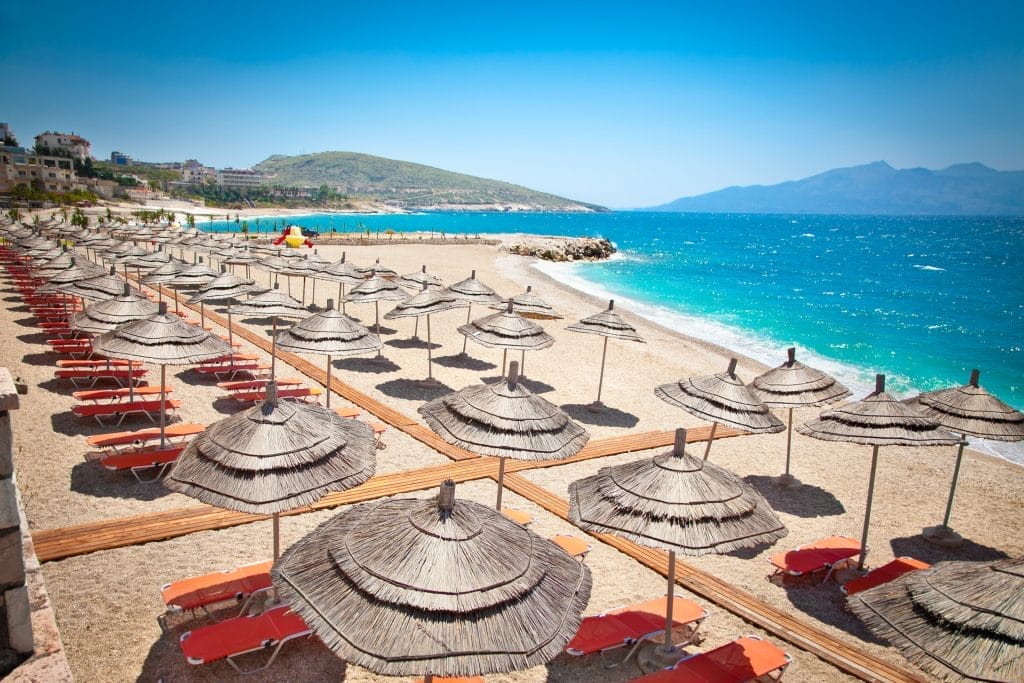
Spring: The Nature Enthusiast’s Dream
Spring (April to June) and Autumn (September to November) are excellent for enjoying Albania’s natural beauty and historical sites.
Spring is often considered one of the best times to visit Albania and my favorite time to visit as the weather is generally warm, dry, and optimal for outdoor activities such as hiking and biking.
From April to June, visitors can explore national parks in full bloom, offering breathtaking views of Albania’s natural beauty.
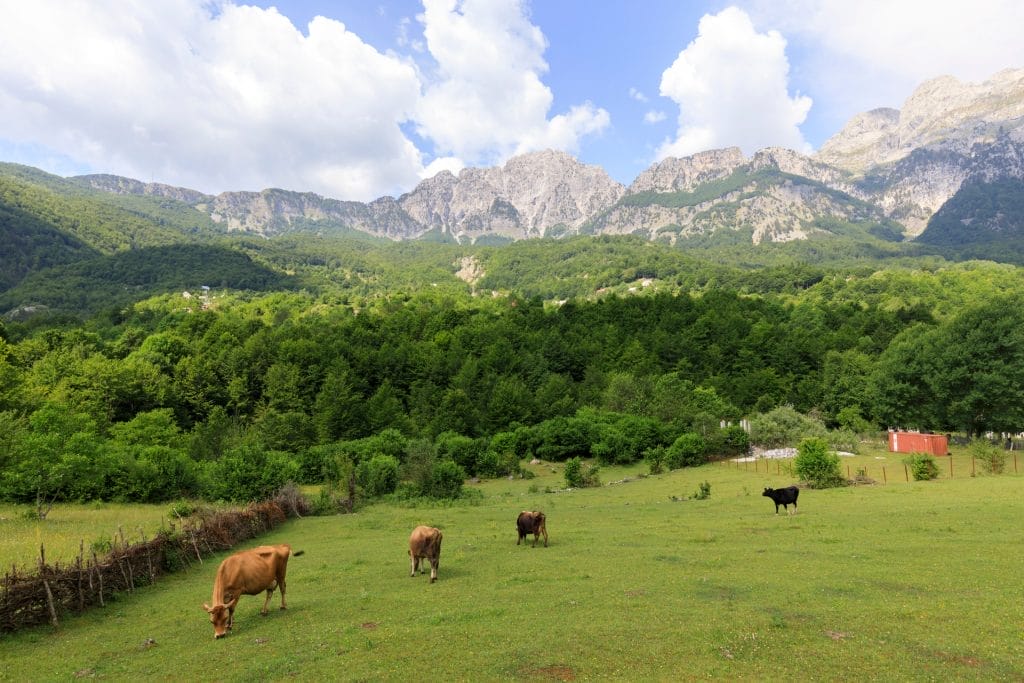
Autumn: The Cultural Explorer’s Haven
Autumn, specifically September and October, is another great time to visit Albania.
Not only does this season offer more moderate temperatures, but it also allows visitors to avoid the peak tourist season of summer.
During autumn, travelers can continue to enjoy outdoor activities such as hiking, biking, and sightseeing with the bonus of experiencing the beautiful fall foliage throughout the country.
- Temperature: Mild to Cool
- Activities: Wine tasting, cultural festivals, and historical site visits.
- Expert Tip: Don’t miss the Gjirokastër Folklore Festival.
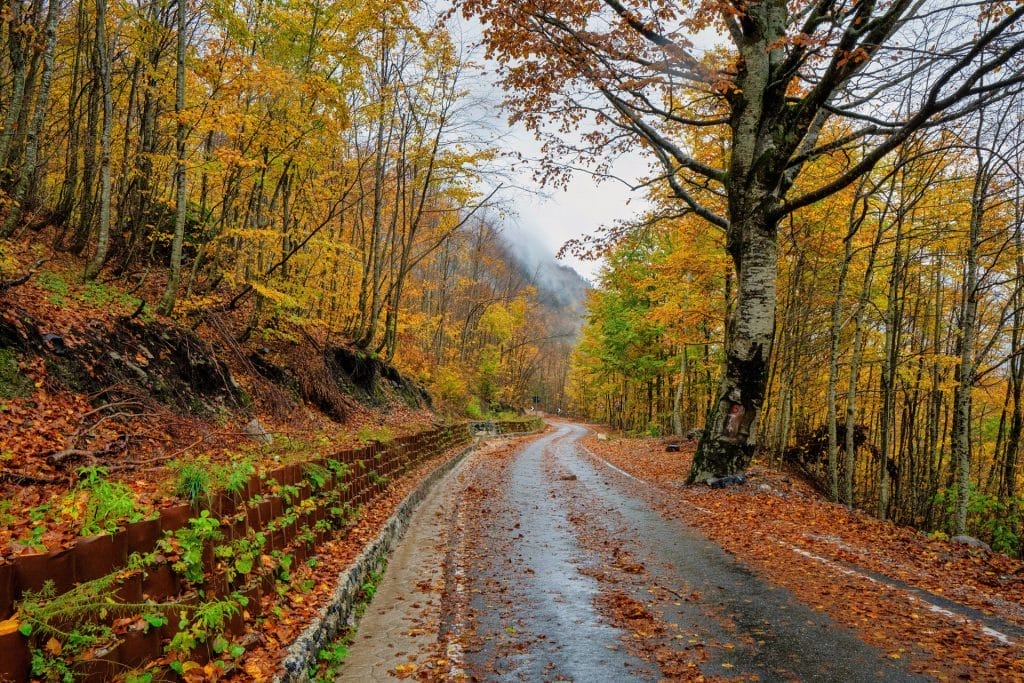
Winter: The Adventurer’s Wonderland
Winter (December to February) caters to lovers of skiing and hiking in snowy mountain regions. The temperatures can drop significantly, especially in the country’s northern parts.
Winter in Albania tends to be mild and wet, particularly in the western half of the country, which experiences milder temperatures overall.
During this season, travelers can enjoy picturesque, snow-covered landscapes in the mountainous regions and explore remote villages on snowshoes.
- Temperature: Cold with snowfall
- Activities: Skiing, snowboarding, and winter hikes.
- Expert Tip: Valbona Valley offers an unparalleled winter adventure.

Why Visit Albania
Albania offers stunning landscapes, unique cultural experiences, and a rich history.
The country has gained significant popularity among travelers in recent years, with its unspoiled beaches, vibrant cities, and genuine hospitality leaving a lasting impression.
Natural Beauty
Albania’s diverse landscape offers travelers a unique chance to experience a variety of natural environments.
Pristine beaches with crystal clear waters, as found on the south coast, rival its famous Mediterranean neighbors.
In addition, Albania boasts impressive mountain ranges, such as the Albanian Alps, which are perfect for hiking and outdoor exploration.
Rich History
Albania’s long and storied history dates back to ancient times. Across the country, visitors can explore well-preserved archaeological sites, castles, and historical landmarks.
The nation’s capital, Tirana, offers a vibrant mix of Ottoman, Italian, and Soviet architecture, reflecting the various empires that have shaped the city throughout the centuries.
Along the coast, travelers can uncover the ancient ruins of Butrint, a UNESCO World Heritage Site that contains remnants of Greek, Roman, and Byzantine civilizations.
Cultural Uniqueness
Albania’s rich cultural landscape offers visitors a unique opportunity to experience a blend of European and Balkan traditions.
The country is home to various ethnic minorities, each with distinctive customs, languages, and cuisines.
Albanian folklore is another fascinating aspect of the nation’s culture, with traditional music, dance, and storytelling playing a central role in local communities.
By visiting Albania, travelers can immerse themselves in a distinct and authentic cultural experience that is both friendly and welcoming.

Best Cities to Visit
If planning a trip to Albania, visit some of the country’s most popular destinations. These cities are known for their history, architecture, and natural beauty.
Tirana
Albania’s capital and largest city, Tirana, is a bustling metropolis with vibrant nightlife, rich history, and countless attractions to explore.
Visit the National History Museum to learn about the country’s past, stroll in the Grand Park of Tirana, or explore the unique architecture of the Pyramid of Tirana.
For food lovers, the city offers a great variety of traditional Albanian dishes and international cuisine.
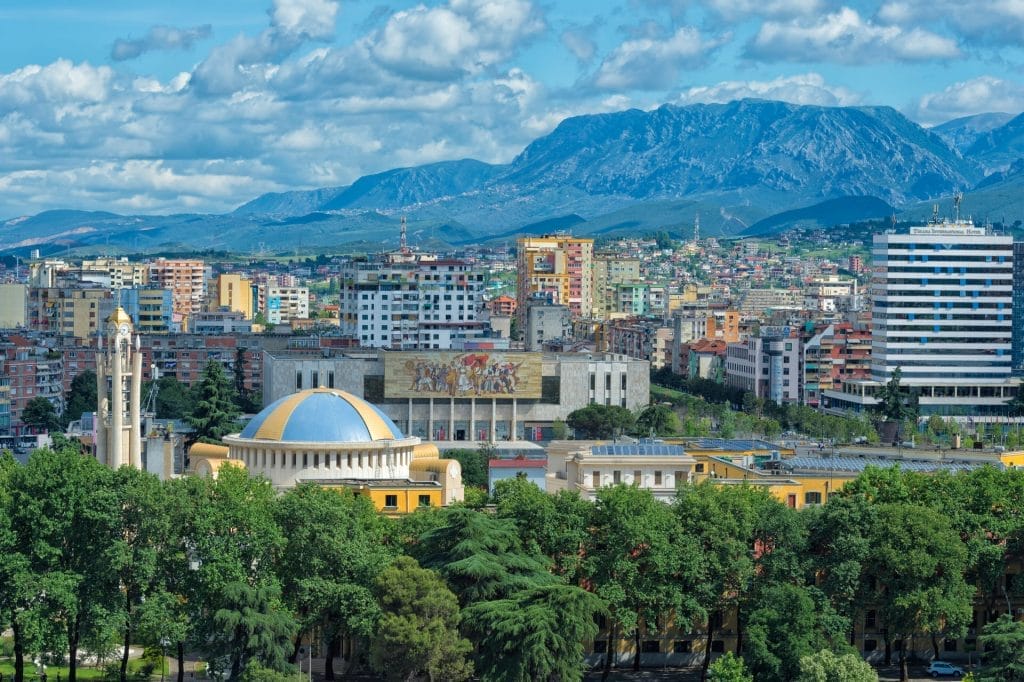
Durrës
Located on the Adriatic coast, Durrës is known for its ancient history and stunning beaches.
It is home to the Durrës Amphitheatre, a well-preserved Roman structure that dates back to the 2nd century and can seat up to 20,000 spectators.
Don’t forget to visit the Venetian Tower or the Archaeological Museum, which houses many ancient artifacts discovered in the area.
And, of course, spend some time enjoying the sun and sea on Durres’ beautiful coastline.
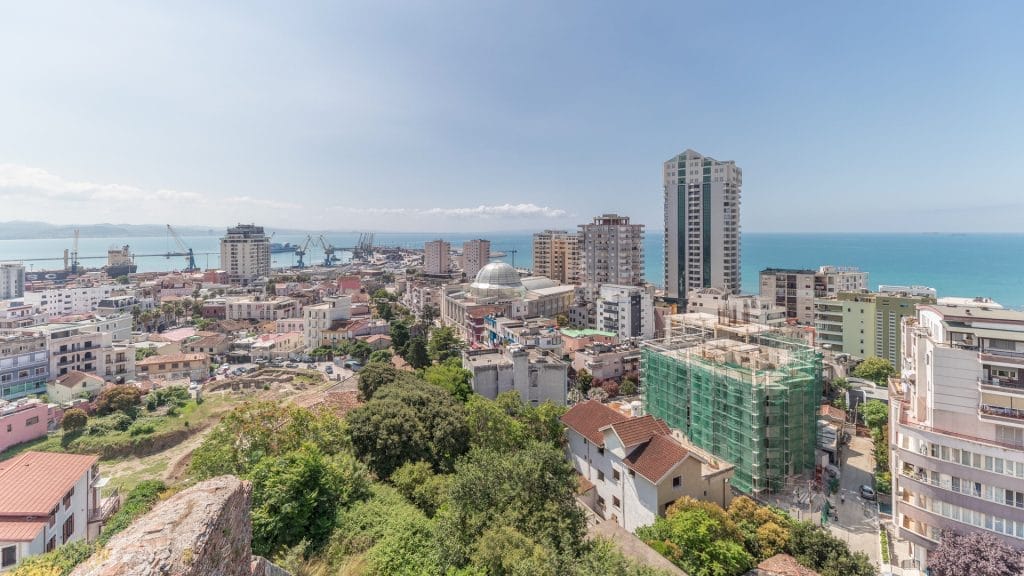
Berat
Often referred to as the “City of a Thousand Windows,” Berat is famous for its Ottoman-style houses and is a UNESCO World Heritage site.
Visit the old town, known as Mangalem, to admire the white, multi-story houses with their characteristic large windows.
The historic castle of Berat dominates the city and offers incredible views of the surrounding landscape.
Other highlights include the Ethnographic Museum, the Holy Trinity Church, and the numerous ancient mosques scattered throughout the city.
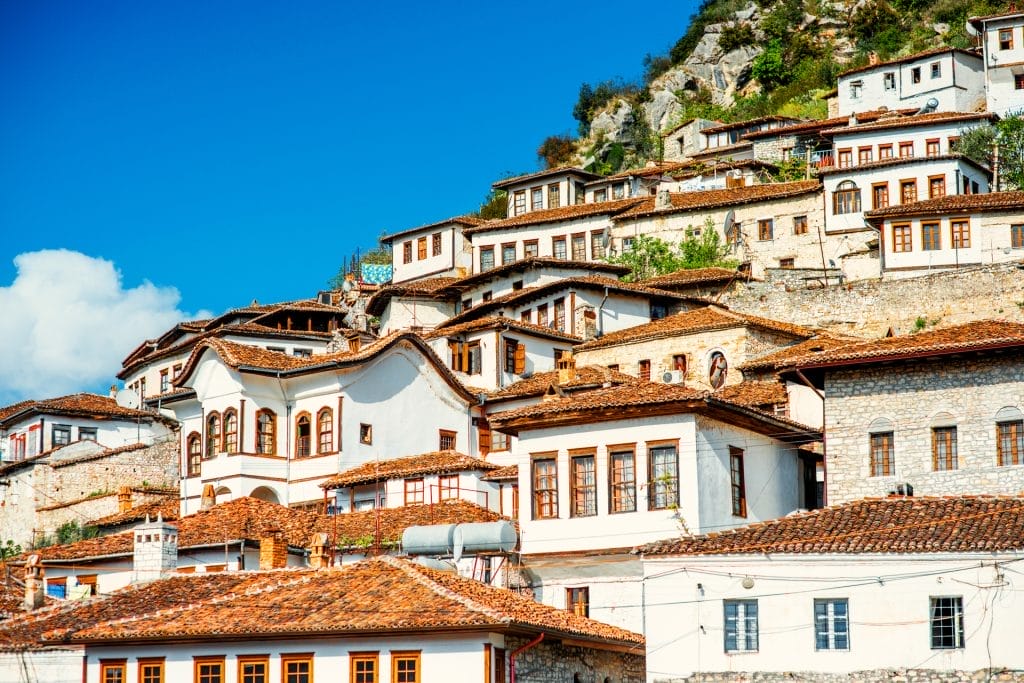
Gjirokaster
Nestled in southern Albania, Gjirokastër is another UNESCO World Heritage site known for its well-preserved Ottoman architecture and rich history.
Wander the old town’s narrow streets to discover the impressive stone houses, visit the Gjirokaster Bazaar, and explore the imposing Gjirokaster Castle.
The town also hosts the National Folklore Festival, a great opportunity to experience traditional Albanian music, dance, and crafts.
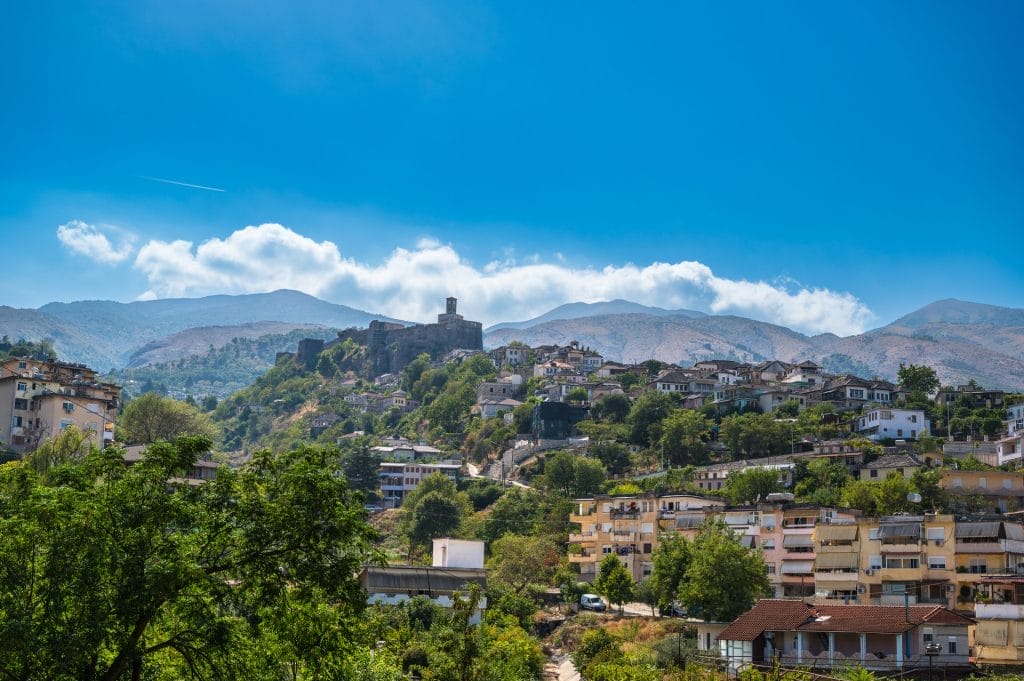
Albanian Cuisine
Regarding gastronomic experiences, Albania is a hidden treasure waiting to be discovered.
The country’s cuisine is a captivating blend of Mediterranean influences, enriched by its diverse geography and history.
From the mountainous terrains to the sun-kissed coastlines, each region contributes its culinary flair, making Albanian food a delightful exploration of flavors and textures.

Traditional Dishes
Albanian cuisine is a delightful mix of Mediterranean flavors with a strong emphasis on fresh, locally sourced ingredients.
The country’s rich history and diverse geography have created a unique blend of Greek, Italian, Turkish, and Balkan influences.
One of the most popular traditional dishes travelers can enjoy in Albania is byrek, a flaky pastry filled with cheese, spinach, or meat, typically enjoyed for breakfast or as a snack.
Another must-try dish is pastiçe, an Albanian take on the Italian pasticcio. Pastice is a baked pasta dish, often made with spaghetti, that combines feta cheese, butter, milk, and eggs for a deliciously savory and satisfying meal.
In addition to these staples, visitors to Albania can expect to taste a variety of grilled meats, flavorful stews, and fresh seafood, all seasoned with an array of local herbs and spices.
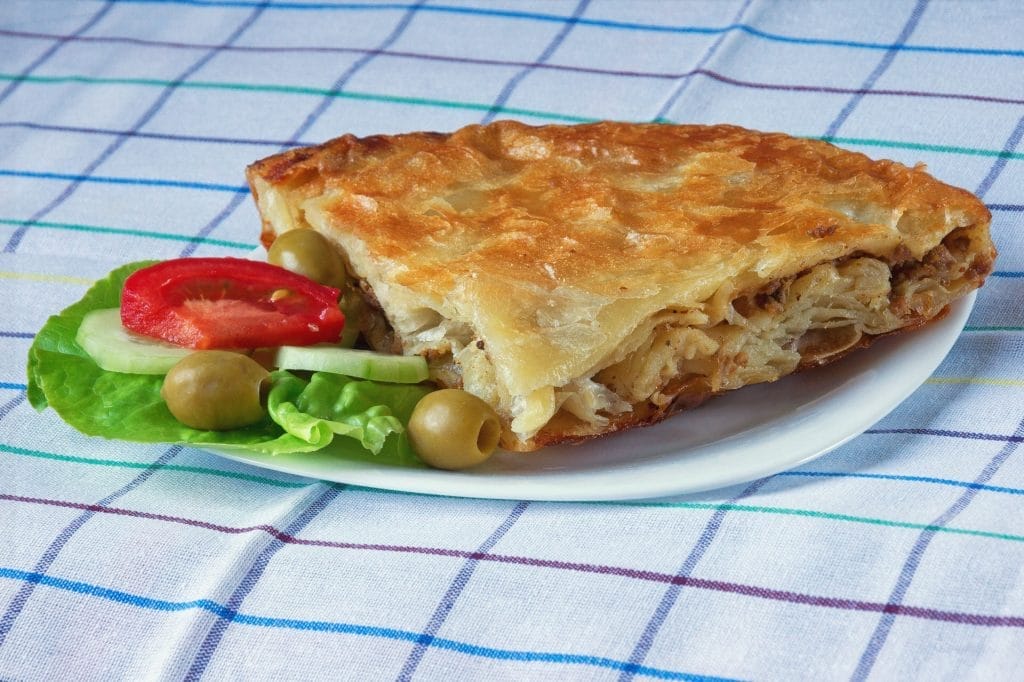
Local Beverages
When it comes to local beverages, Albania has plenty to offer. To accompany their meals, Albanians often enjoy a glass of rakia, a traditional fruit brandy with a strong flavor and high alcohol content.
This potent spirit, made from grapes or other locally-grown fruits, is usually served in small glasses and sipped slowly, allowing diners to savor its complex flavors.
Albania is also home to a burgeoning wine industry, with indigenous grape varieties and international varietals cultivated throughout the country.
Visitors can sample these wines in the many wineries and restaurants scattered nationwide, providing a perfect opportunity to explore and appreciate Albanian viticulture.
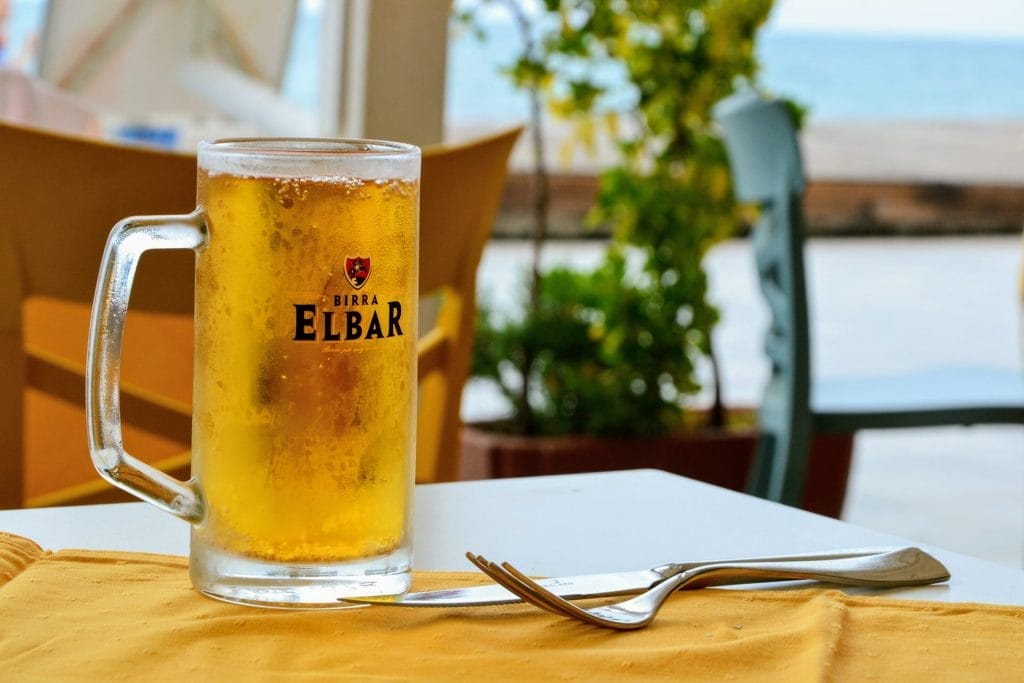
Outdoor Activities
Albania is a beautiful country with various landscapes and outdoor activities to explore. The climate varies throughout the year, offering perfect conditions for different types of adventures.
This section will discuss three popular outdoor activities in Albania: hiking, beach, and wildlife excursions.
Hiking
Albania is home to stunning mountain ranges and national parks, providing fantastic opportunities for hiking enthusiasts.
Spring is the best time to visit Albania for hiking activities as the weather is pleasant and the parks are in full bloom.
Some popular hiking trails include the Accursed Mountains in the north, the Korab Ridge, and the trails around Tomorr Mountain. These trails cater to various skill levels, from beginner to experienced hikers.
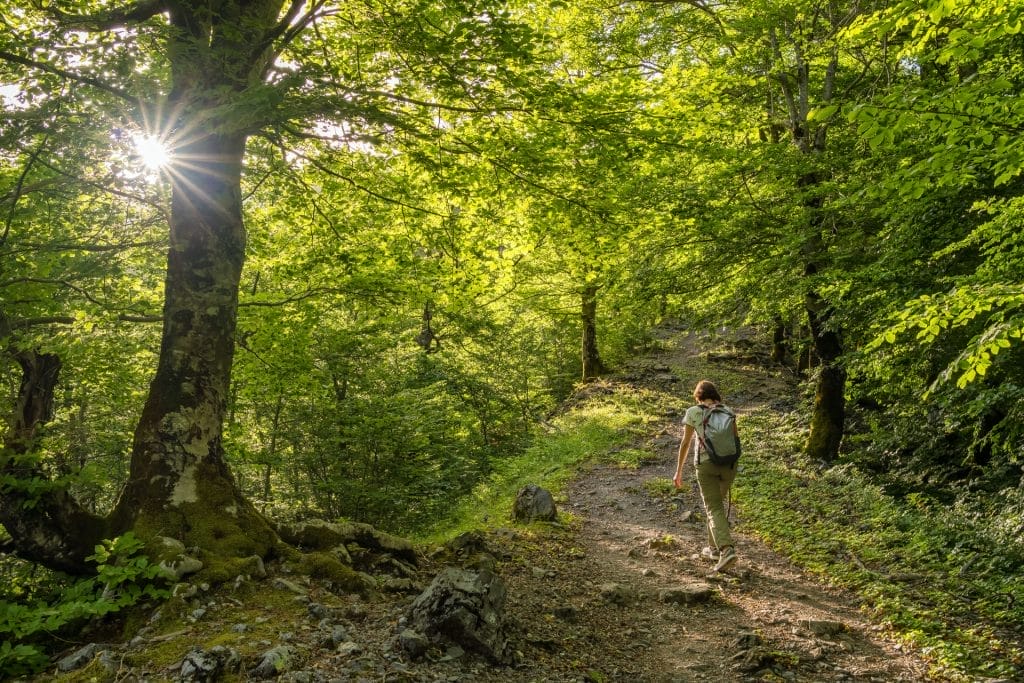
Beach Activities
The Albanian Riviera is famous for its beautiful coastline and sandy beaches, making it an ideal destination for beach lovers.
The best time for beach activities is during the summer when the warm weather and clear waters attract locals and tourists.
Scuba diving, snorkeling, and water sports are popular in prime spots such as Ksamil and Dhërmi.
If you prefer a more laid-back beach experience, consider lounging on the picturesque shores of Jalë or Gjipe.

Wildlife Excursions
Albania’s diverse ecosystems are home to various wildlife, making the country a great destination for nature enthusiasts.
From bird watching in the wetlands of Karavasta Lagoon to spotting brown bears and wolves in the forests, there is no shortage of wildlife excursions.
The best time to embark on a wildlife excursion in Albania is during the spring and autumn months when the temperatures are cool and the migratory birds visit.
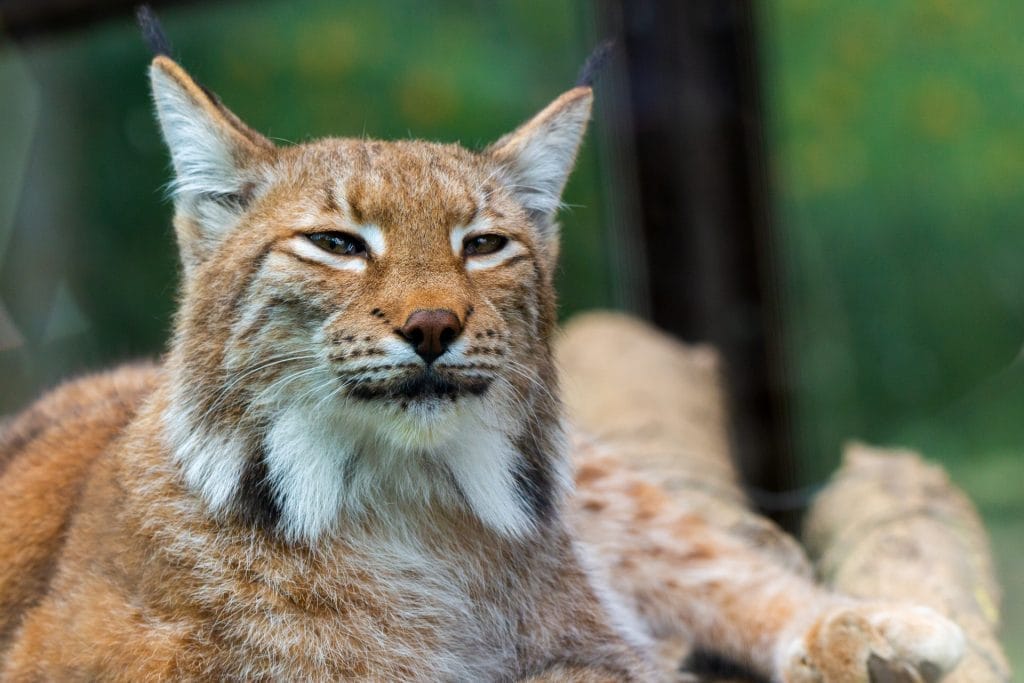
Planning Your Visit
Before you zip up your suitcase and jet off to the land of eagles and bunkers, there are some crucial travel logistics you’ll want to nail down to ensure your Albanian journey is memorable and hassle-free.
Transportation
Albania offers various transport options for travelers, including buses, taxis, and rental cars.
Buses
While the bus network is the most economical and widely-used mode of transportation, connecting key cities and towns across Albania, it’s often not the most comfortable option for travelers.
Many buses are dated and may lack modern amenities like air conditioning, especially during the sweltering summer.
Furgons
In addition to the traditional bus system, furgons—privately owned minibuses or vans—offer another unique and local way to get around Albania.
Furgons often provide more flexible routes and schedules compared to standard buses.
However, it’s worth noting that they usually don’t depart until full, which can sometimes lead to unpredictable wait times.
While furgons can offer a more intimate and authentic travel experience, they also come with challenges. The vehicles are generally older and may lack amenities like air conditioning.
Plus, the routes and stops are often not well-marked, so it’s advisable to have a basic understanding of the local language or travel with someone who does.
Taxis
If you like to haggle and don’t mind a bit of unpredictability, taxis are readily available in urban areas. Just remember to negotiate the fare upfront to avoid any surprises.
Rental Cars
For those who prefer a more personalized experience, renting a car is a good option, as it allows greater flexibility and the opportunity to explore off-the-beaten-path destinations. This is my chosen method of travel when visiting Albania.
Accommodation
Albania has plenty of accommodation options, ranging from budget-friendly hostels and guesthouses to mid-range hotels and luxury resorts.
The Albanian Riviera is a popular destination during the summer, boasting beautiful beaches and coastal towns.
For those interested in history and culture, the charming cities of Tirana and Berat offer boutique hotels and local guesthouses.
To ensure a pleasant stay, booking your accommodation in advance is recommended, especially during the peak season (late March to early June or September through October).
Safety Tips
While Albania is generally a safe country to visit, it’s always wise to take some basic precautions.
Be vigilant when crossing roads, as traffic can be somewhat chaotic, and pedestrian rights are not always a priority.
Avoid displays of wealth and keep your valuables close, especially in crowded places or on public transport, to minimize the theft risk.
And don’t forget to carry a copy of your passport for identification and ensure your travel insurance is up-to-date.
Your Turn to Visit
Choosing the perfect time to visit Albania is a deeply personal decision that hinges on what you seek from your travel experience.
Whether you’re an adventurer eager to explore the rugged landscapes, a history buff fascinated by the rich cultural tapestry, or a beach lover yearning for the pristine Albanian Riviera, there’s a season that aligns with your interests.
Factor in your preferred activities, weather conditions, and crowd levels to make an informed choice.
Regardless of when you visit, Albania promises an unforgettable journey filled with awe-inspiring sights, mouthwatering cuisine, and warm hospitality. It’s your turn to visit!
Frequently Asked Questions
Before you dive into Albania’s stunning landscapes and rich culture, you might have a few questions. No worries—we’ve got you covered.
What is the ideal weather for visiting Albania?
The ideal weather for visiting Albania is spring and summer, with warm and dry temperatures.
However, it’s important to note that the weather can vary quite a bit from one region to the next, and the country’s western half tends to be milder overall.
Which months are best for beach vacations in Albania?
If you’re a sun, sand, and sea fan, the prime time to hit Albania’s beaches is from June to August.
During these months, the coastal regions offer idyllic weather—think sunny skies and just-right temps for taking a dip or lounging on the sand.
But here’s a pro tip: June is my personal favorite. It offers all the summer vibes without the crowds you’ll encounter in July and August when locals often take their vacations.
What are the top activities and attractions during a trip to Albania?
Albania offers various activities and attractions throughout the year.
Some of the most popular include exploring the country’s rich history and cultural heritage, visiting ancient ruins and castles, and enjoying outdoor adventures such as hiking through stunning mountain landscapes.
Festivals are also prevalent in the country and provide visitors with additional cultural experiences.
Is it safe for tourists to explore Albania?
Yes, Albania is generally safe for tourists. However, as with any travel destination, visitors must remain vigilant, especially in crowded areas or public transportation.
Keeping valuable items secure and taking necessary precautions to avoid issues during your trip is a good idea.
How long is an optimal stay to fully experience Albania?
An optimal stay would be around ten days to two weeks to fully experience Albania and its unique history, culture, and landscapes.
This time frame allows visitors to explore coastal and inland areas, delve into the local cuisine, experience festivals and events, and engage in various outdoor activities.
Are the costs of visiting Albania budget-friendly?
Yes, Albania is considered a budget-friendly destination for travelers.
Accommodation, food, and transportation costs are generally lower than in other European countries.
Visitors will find that their money can go quite far in Albania, making it an attractive option for budget-conscious travelers.

